XLR8R’s Best of 2017: Releases
We run through our top albums and EPs of the year.

XLR8R’s Best of 2017: Releases
We run through our top albums and EPs of the year.

Someone mentioned to us recently that it’s not been a particularly strong year for releases. In truth, it was several people, none of whom were connected or in contact. It’s an interesting point, and a thought-provoking one, especially when it’s made with such frequency. It’s also one upon which the XLR8R team had not spent too much time pondering until after the second or third time the point was made. Then we did: was 2017 really as forgettable as they say?
In terms of 12″s, perhaps; there weren’t too many EPs that jumped out on quick reflection. That’s not to say it was weak, per se. But in terms of albums, 2017 was rich in both quality and diversity. Sure, it took us some time to think, discuss, and debate, but with some careful consideration, it became clear that the past 12 months have seen the release of some tremendous long-players — a format that paints more of a picture of an artist’s skills than anything else. It’s also a format to which you can so often become attached, but one that doesn’t always show its true quality and depth on first listen. So with no further avail, here are the releases and artists that connected with us, the XLR8R staff (in no particular order).
Lee Gamble Mnestic Pressure [Hyperdub]
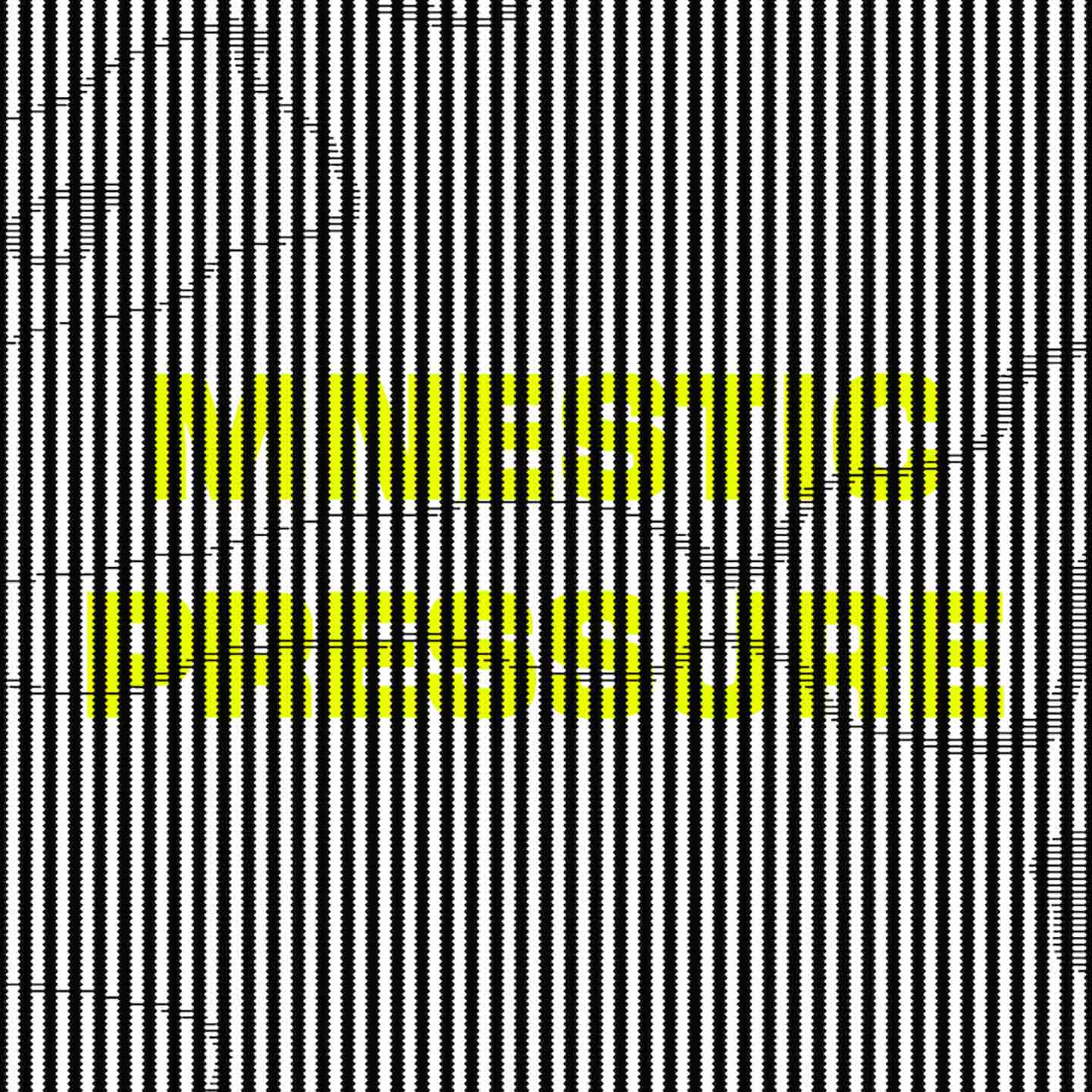
Lee Gamble’s mesmeric Mnestic Pressure is a clear contender for the album of the year.
The 12-track release was the Birmingham-raised, London-based artist’s first major work since 2014’s mind-bending Koch and his first on Hyperdub—following recent material on PAN. The title derives from Gamble’s belief about how our contemporary memory is pressured, individually, but also collectively, and the music was described as a “reset” for the UK producer, with a significant change in both the sound of his music and concepts that feed into it. The release just gets better and better when listened to as a whole, but tracks like “Ghost” are nothing short of exceptional. It’s Gamble’s most defining, forward-thinking work since Diversions 1994-1996.
Homemade Weapons Negative Space [Samurai Music]
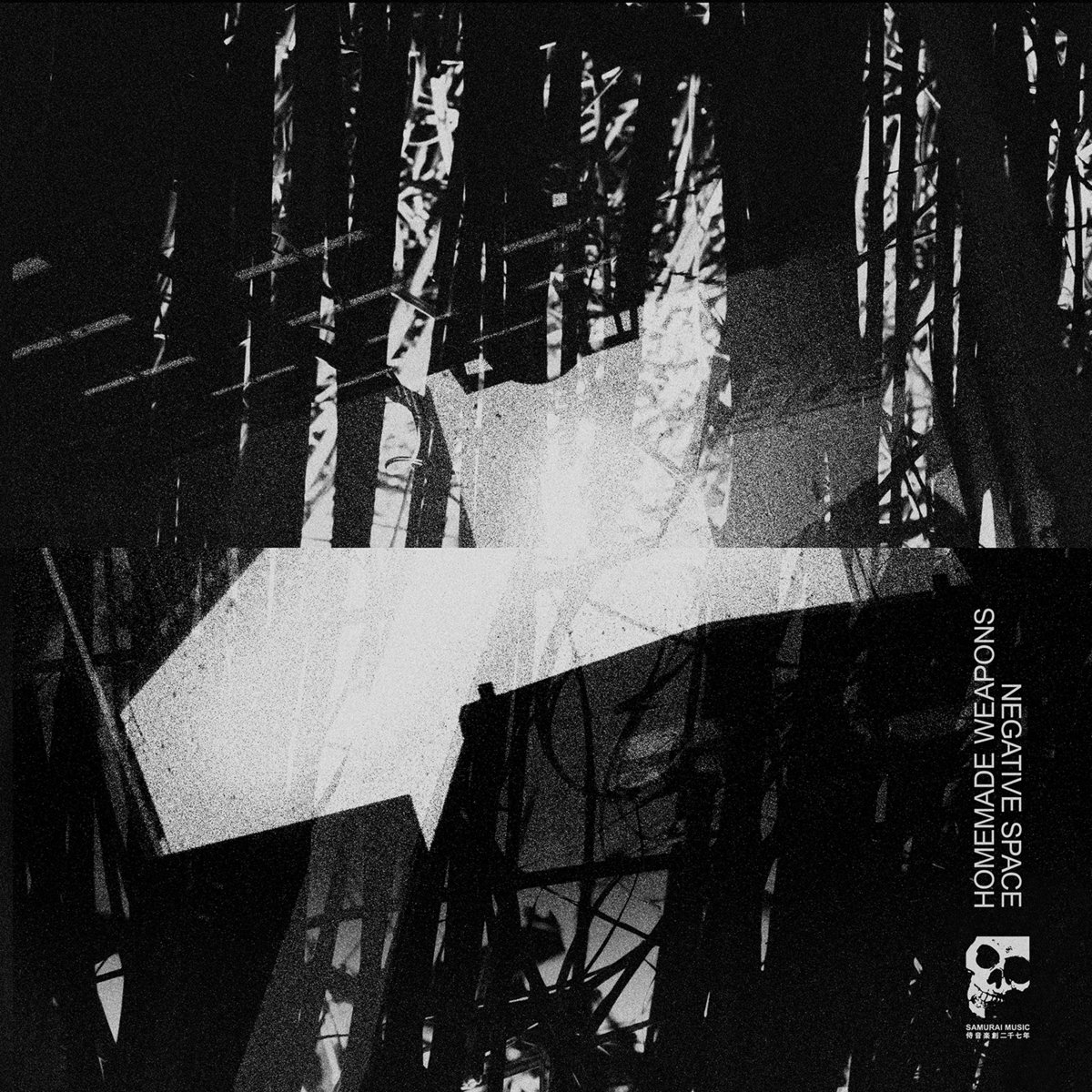
With five years of drum & bass EPs under his belt, Andre Delgado (a.k.a. Homemade Weapons) dropped his debut LP, Negative Space. The Seattle producer made his name around 2012 with a stripped back, slowed-down breed of the genre, and he’s spent the ensuing years developing the sound with little compromise. Negative Space, a November release, is the product of these years of committed refinement: 12 dancefloor bombs with no-filler. Adapting to the long-player former is no easy feat, but Delgado achieved it in style.
Yaeji Yaeji [Godmode]

Yaeji, born Kathy Lee, is the producer, vocalist, and visual artist who splits her time between Seoul and New York City. In March, she dropped her self-titled EP via Godmode, featuring five very lo-fi house cuts. There’s an appealing simplicity to her work; most tracks consist of a deep bassline with some intimate and simple vocals—”like having someone whisper in your ear in the middle of a crowded club,” wrote Alexandra Pollard for The Guardian newspaper. It just works, and this splendid EP is a perfect encapsulation of her sound.
Dopplereffekt Cellular Automata [Leisure System]

What can I say—the first Dopplereffekt album in over 10 years? Amidst mounting anticipation, it delivers in every way. Out on Berlin mainstay Leisure System, it’s a heroic return to the long play. Cellular Automata feels like it’s on the cusp of tomorrow, epically suspended between past and future. The album is as cerebral and inquisitive as it is bold and viscerally emotive. Based on a mathematical concept that goes by the same title, the album possesses both a calculating and austere quality. It has the classically technical aspect that Dopplereffekt is known for, whilst simultaneously allowing its grand, expansive themes to unfold center stage. This is ambient electronica at its very best.
Rainforest Spiritual Enslavement Ambient Black Magic [Hospital Productions]
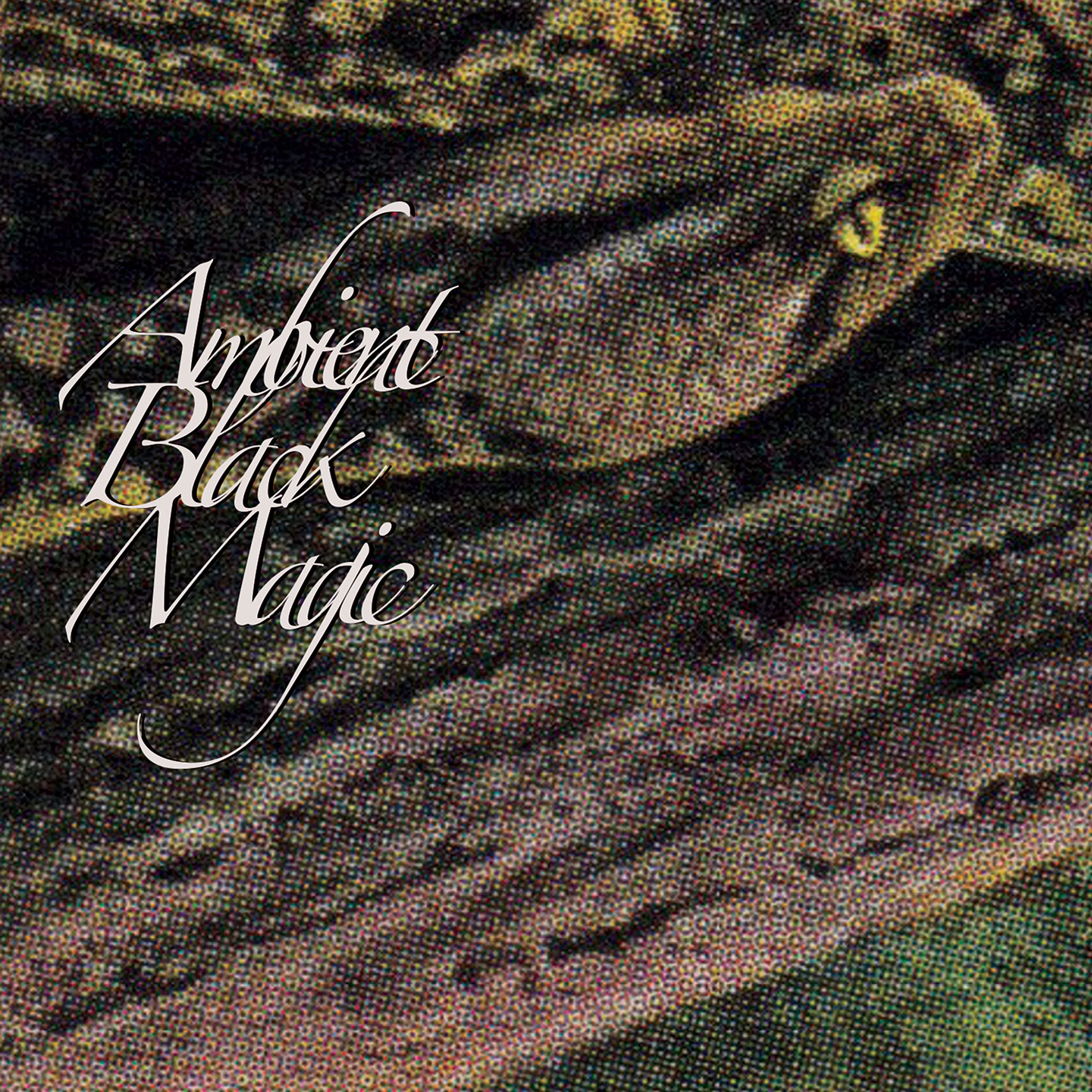
Dominick Fernow is a man of many facets. Predominantly known by his Vatican Shadow and Prurient monikers, the experimental noise artist also runs one of America’s most significant electronic labels: Hospital Productions. Here, Ambient Black Magic presents a rather intriguing side to Fernow; one that is distinctly more meditative and somewhat surprisingly polarised to his other music projects. Despite clocking at a ruminating ~70bpm, the music is still powerful and it’s irresistibly hypnotic — no doubt due in part to Silent Servant on co-production. The opening piece is a stunning 34-minute trip that enraptures the listener with the myth and psychedelia of the jungle. The rest follows suit with killer subs and atmospheric dub work, closing off with a heavy remix by Substance (DJ Pete). In this essential release (split across two 12”s and a 10”), Fernow gives us a real masterclass, stripping back everything to the fundamentals with pure style and elegance.
Pessimist Pessimist [Blackest Ever Black]

Another debut drum & bass LP, but this time from a relatively unknown producer. Pessimist is the alias of Kristian Jabs, a Bristol-based drum & bass producer who first set tongues wagging with a beautifully dark 2016 Balaklava 12” on Blackest Ever Black‘s A14 sub-label. His debut self-titled LP, his first appearance on Blackest Ever Black itself, is a dramatic, dark, and thoroughly captivating listen. It blends noir, smoked-out dub-scape, acidic rave, and downtempo breakbeat with a bombed-out industrial ambiance, resulting in some breathtaking soundscapes that you can imagine in the club as much as you can in sci-fi soundtracks.
RAMZi Phobiza “Noite” Vol. 2 [Mood Hut]
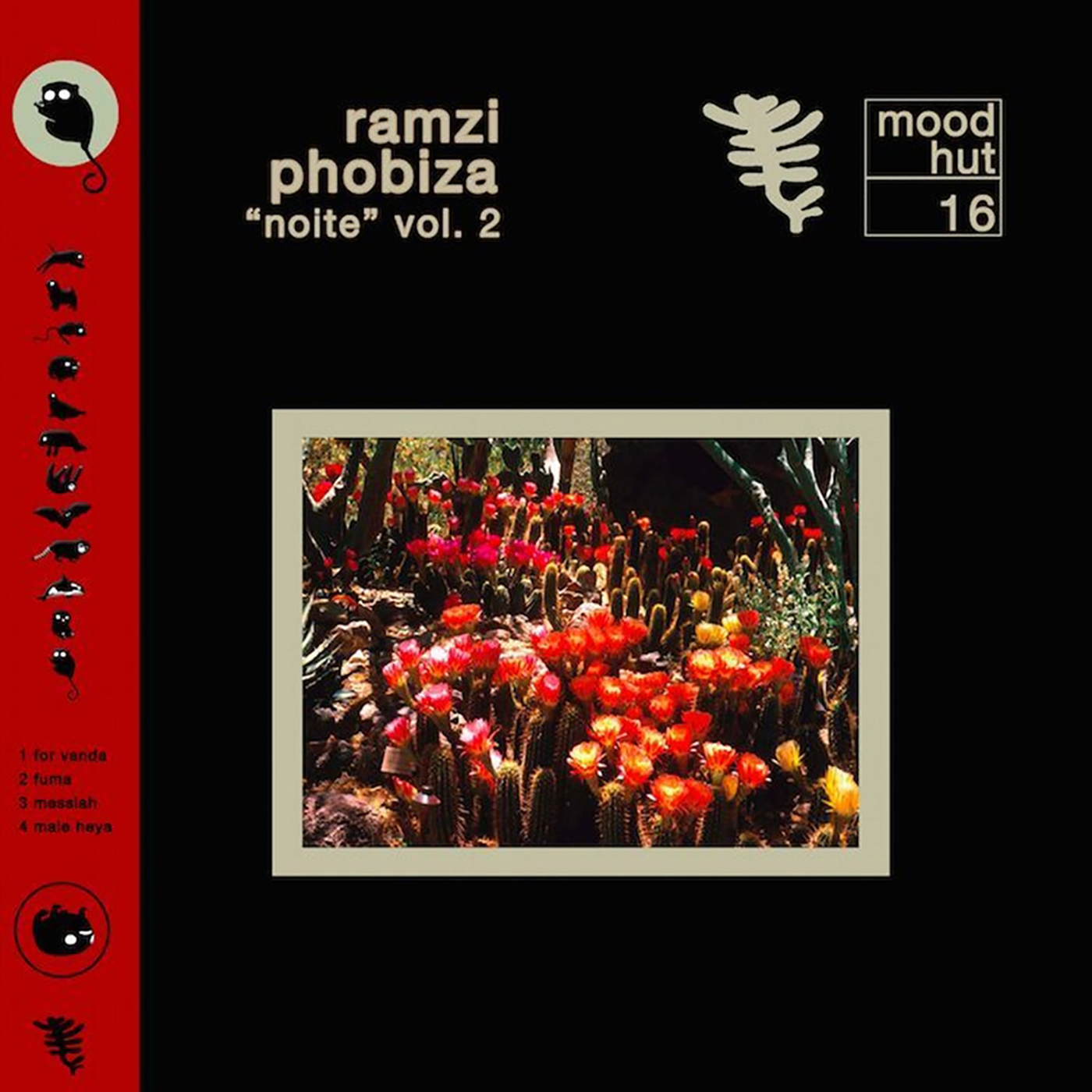
With her follow-up to Phobiza Dia: Vol.1 via Total Stasis, Phoebe Guillemot (a.k.a. RamZi) served up four soothing dubby house cuts, this time on Mood Hut. Laced with organic percussion, melted vocals, and fascinating samples, it’s a highly pleasant listen to which we returned regularly throughout the year.
Ben Frost The Centre Cannot Hold [Mute Records]

Australian experimental producer Ben Frost released his fifth studio album on September 29 through Mute Records. The Centre Cannot Hold, produced and recorded by the legendary Steve Albini in his hometown of Chicago over 10 days, followed Frost’s Threshold of Faith EP—and actually features three of the same tracks. With a lingering sense of dystopia, guitar distortion, and keyboard harmonies, the Ben Frost hallmarks are present, but this release is also engaging, smart, and emotionally rewarding.
Kaitlyn Aurelia Smith The Kid [Western Vinyl]
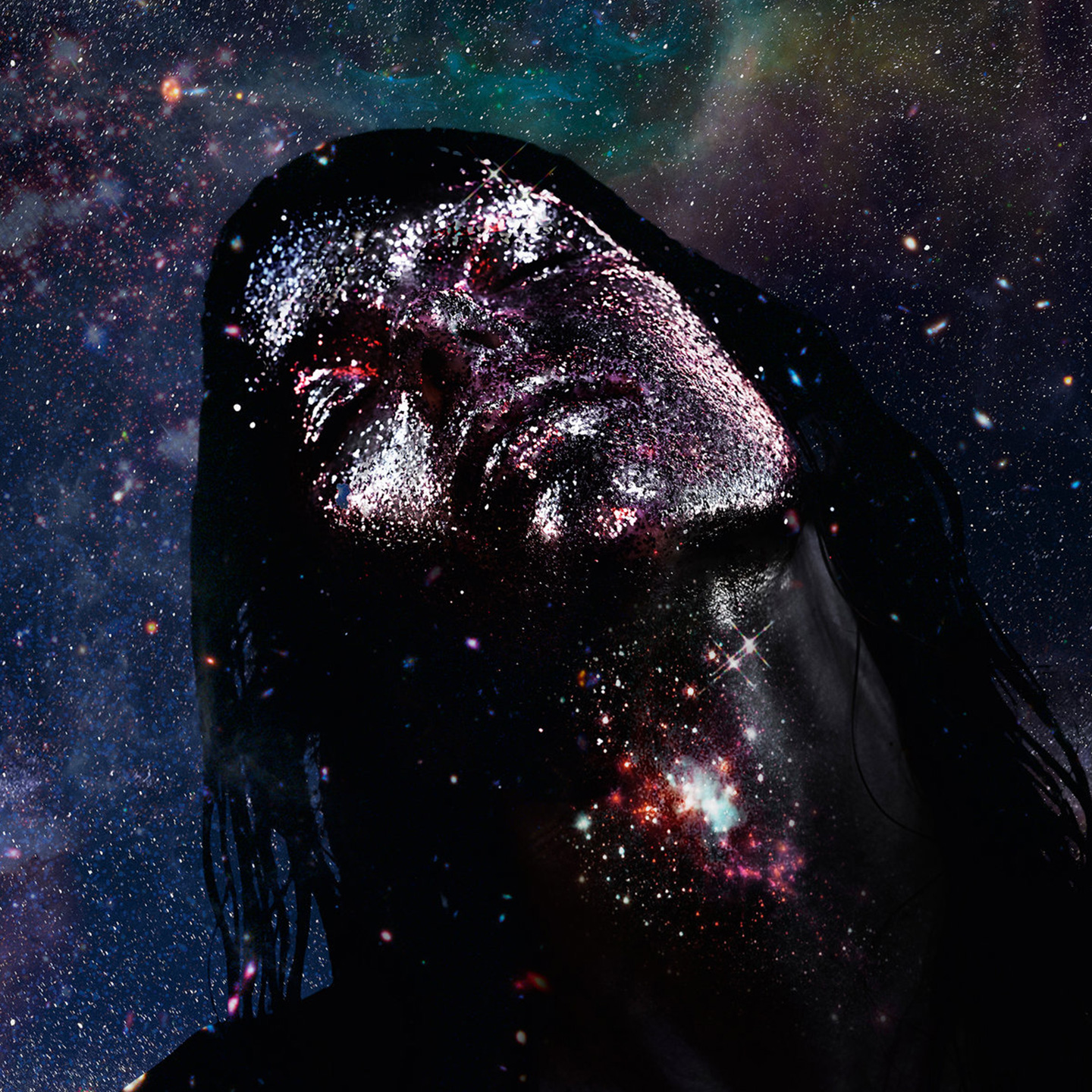
She broke through in 2016 with the double whammy of her solo album Ears and a collaboration with synth mage Suzanne Ciani, Sunergy, but Kaitlyn Aurelia Smith has been releasing albums of psychedelic electronic songs since 2012. The Kid was the sixth record from the Orcas Island, Washington-raised, LA-based singer and experimentalist and was the one that has deservedly elevated her onto the world stage. Using the Buchla 100 synth with which she’s become associated, as well as an EMS Synthi and a variety of other arcane analog equipment, Smith constructed whole worlds with sound—verdant forests of lush reverberation, with a warmth rarely attached to electronics.
From these dense entanglements of synth and robotic bird tweets emerged beautiful songs, Smith’s voice a key element of her extraordinary music. “To Follow and Lead” evoked a waterfall of spilling neon and packed an earworm melody, and “I Am Curious, I Care,” with the orchestration of the Stargaze Quartet, had the emotional rawness of early Björk but was closer to Joanna Newsom in sound. Smith’s mix of experimentation and leftfield songs was mesmerizing.
Call Super Arpo [Houndstooth]
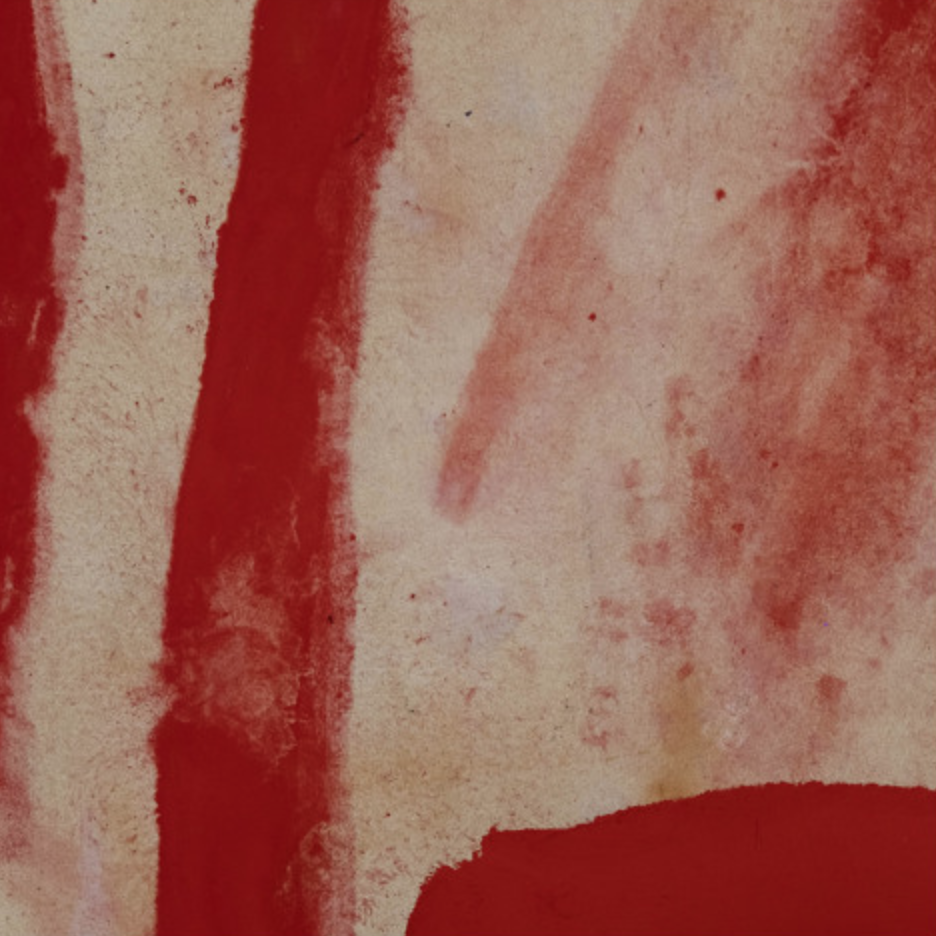
Berlin-based Joe Seaton went from underground secret to electronic music sensation upon the release of Arpo. He’s been working in the background for years, under the Call Super alias, as well as other pseudonyms such as Elmo Crumb and Ondo Fudd, creating twilight house and dub-dipped ambient tracks. But Arpo, quickly following his excellent fabric 92 mix, felt like something very new. Functioning somewhere between IDM, ambient music, and jazz, with occasional interjections of live woodwind instrumentation from his father, Arpo was haunted by the revenants of many forms of dance but sounded like no one else. “Arpo Sunk” mixed clunking, popping rhythms with smoky oboe and a twisting synth line, while “Korals” glowed with bioluminescent energy and was haunted by eerie bass phantoms. Conjuring a captivating world with strange melodies and weird machine made noises, Seaton stepped into the realm of auteurs such as Aphex Twin and Actress and stands alone as a producer with a unique vision. Arpo was his most definitive statement yet.
Kelly Lee Owens Kelly Lee Owens [Smalltown Supersound]

Welsh electronic artist Kelly Lee Owens’ debut was a psychedelic marvel that took the ideas of her self-released 12” singles and pushed them to the outer limits. Owens first made waves with her three appearances on Daniel Avery’s debut album Drone Logic, her unique vocals making album closer “Knowing We’ll Be Here” (which she wrote with Avery and Mark Ralph) one of the record’s highlights. Her album, by contrast, was full of hypnotic and emotional songs, paired with lysergic analog electronics and diversions onto the dancefloor. “Arthur” rippled with dense layers of found sound, vocal harmonies, and a blissful otherworldliness; while “Evolution” was acid propelled 4/4 with a killer one-note bass line. With Kelly Lee Owens, she proved it’s entirely possible to mix leftfield pop and underground dance, and excel at both.
Equiknoxx Colón Man (DDS 027)
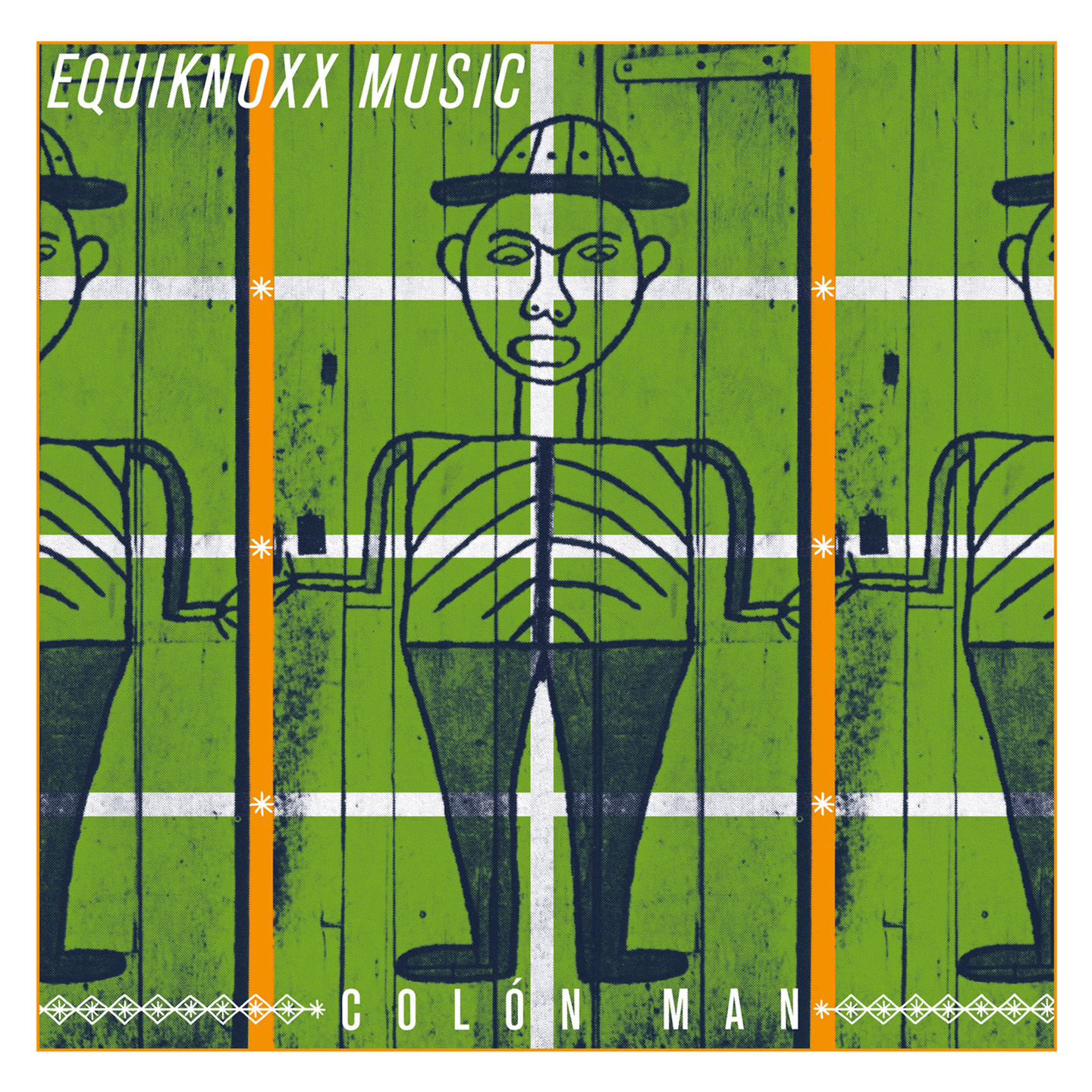
After their hit 2016 album Bird Sound Power, which was made up of tracks going back to 2009, the Jamaican duo Gavsborg and Time Cow in November released their first true LP, again on Demdike Stare’s DDS. The title refers to a folk song about a man who worked on the Panama Canal and has returned with riches like a gold chain going pam pam pam against his belly as he walks. To call this album futurist dancehall situates it in the Carribean, but to my ear, like the Colón man, Equiknoxx have come home to every listener with the wealth of supremely global and fresh dance tracks gained by their touring and imagination and love for roots music.
STILL I [PAN]
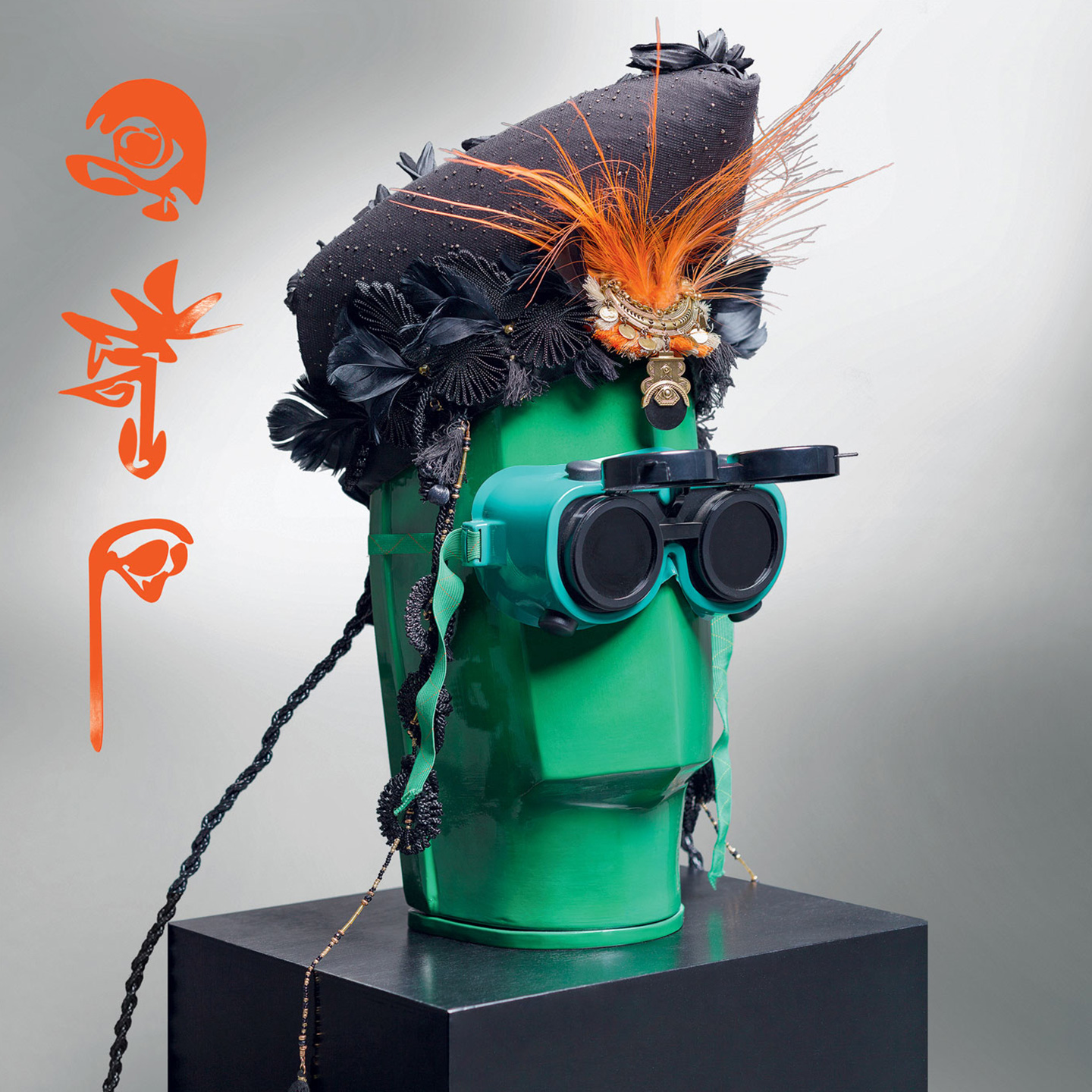
STILL is a new moniker of Milan’s Simone Trabucchi, who was previously known as Dracula Lewis and released experimental mutations of ambient and folk music since 2008 on various seminal labels such as Hundebiss, which he runs. His STILL project references the colonial histories that connect his hometown, Ethiopia, and Jamaica; and I, with its stepping and broken rhythms and vocals spanning rudeboy MCing to ethereal ladies and squirly samples, is full-on post-internet bashment with great artwork from the ever esoteric and high-quality PAN imprint.
Various Firma do Txiga [Príncipe]

Since the beginning of the decade, Príncipe Discos have been representing the Lisbon area’s dance music styles—batida, kizomba, kuduro, tarraxo, tarraxinha—with records and parties and its artists touring the world. With Firma do Txiga released in June and DJ Lycox’s and Nídia Minaj’s excellent LPs after, Príncipe remains wonderfully relevant and explosive to the global dance scene. The beautifully presented three 7” disc release with a hand-painted sleeve features the music of K30, NinOo, and Puto Anderson, members of the Come Close crew, and runs from wistful tarraxinha to breakneck joyful hellfire that makes techno sound conservative.
Porter Ricks Anguilla Electrica [Tresor]
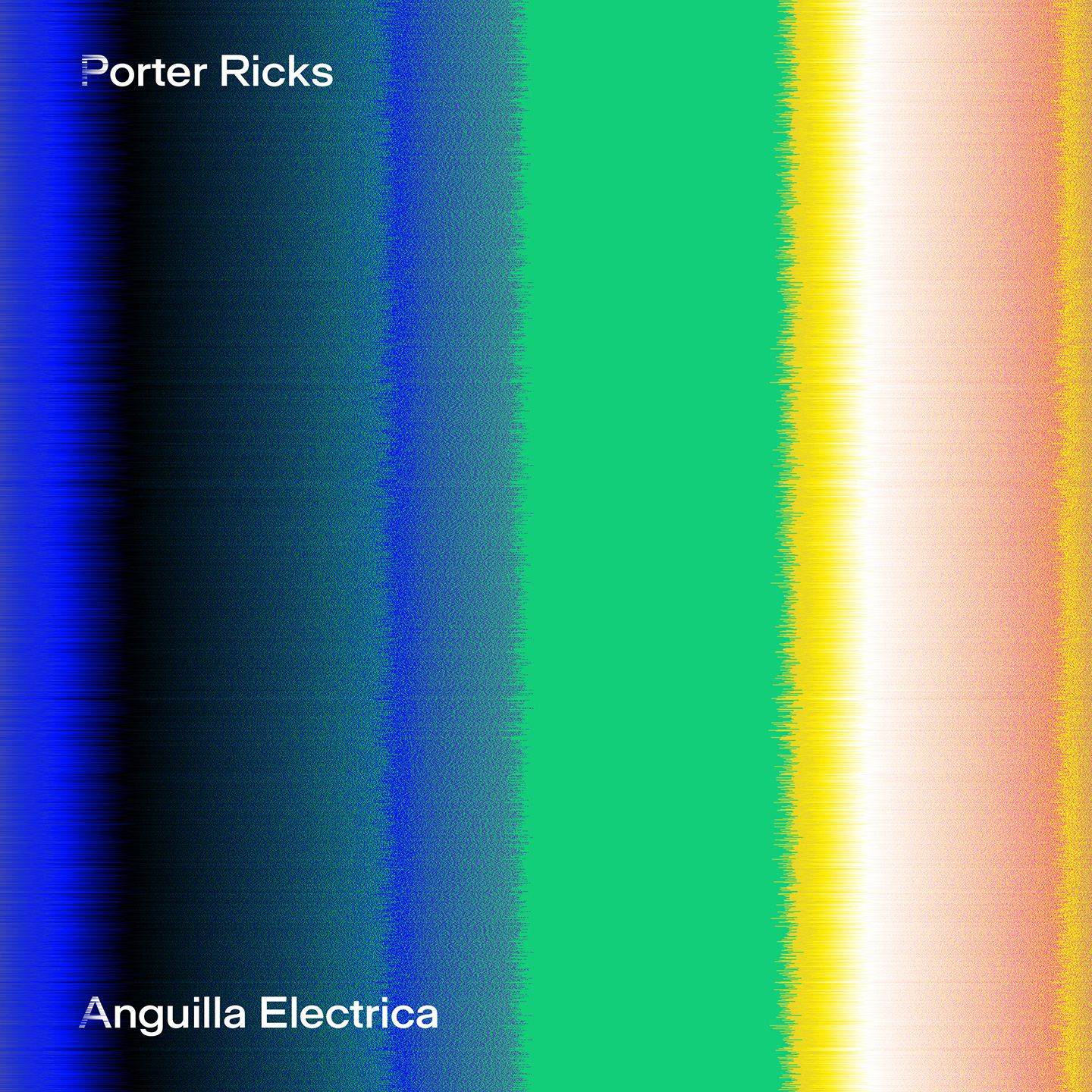
June 9 saw Tresor Records release the new album of Thomas Köner and Andy Mellwig (a.k.a Porter Ricks), Anguilla Electrica. The LP followed last year’s Shadow Boat EP for the Berlin techno label, becoming the dub techno duo’s first LP since 1999’s Symbiotics. The six-tracker saw the duo build on their previous work to create “a continuation of a sonic ideal rather than a tribute to what has already been achieved,” and this progression conceived an album that features crackling textures and brilliant sound design. The production is more linear and polished than much of the duo’s earlier work, and it did take more than one listen to properly appreciate, but it squeezes its way into this list as an album to remember from 2017.
Broken English Club The English Beach [L.I.E.S.]

Those familiar with Oliver Ho’s fearsome and often brutal early EPs on Blueprint and his more recent avant-techno/house Raudive material will be aware of his ability to inject a dark narrative into functional electronics. With Broken English Club, he delivers monotone vocals and shards of live instrumentation over stuttering beats and bleak synths. His second LP under this moniker landed earlier this year on L.I.E.S., this time featuring 12 tracks varying from club techno cuts to highly experimental and often theatrical industrial music. “Carrion” and “Pylon” are particularly special.
Tzusing 東方不敗 [L.I.E.S.]

Another L.I.E.S. release, this time from Malaysian-born, Taipei-based Tzusing—whose debut album arrived in February. Tzusing emerged in 2014 and has since released EPs via Public Possession, Born Free Records, and L.I.E.S., and there was a lot of anticipation and expectation around his first full-length effort. In short, it was another, albeit longer, expression of this man’s blossoming production talents, blending gut-churning industrial grooves with twisted melodies. Confirmation, if you needed it, that Tzusing sits at the forefront of techno’s new wave.
Midori Takada Through The Looking Glass [Palto Flats]
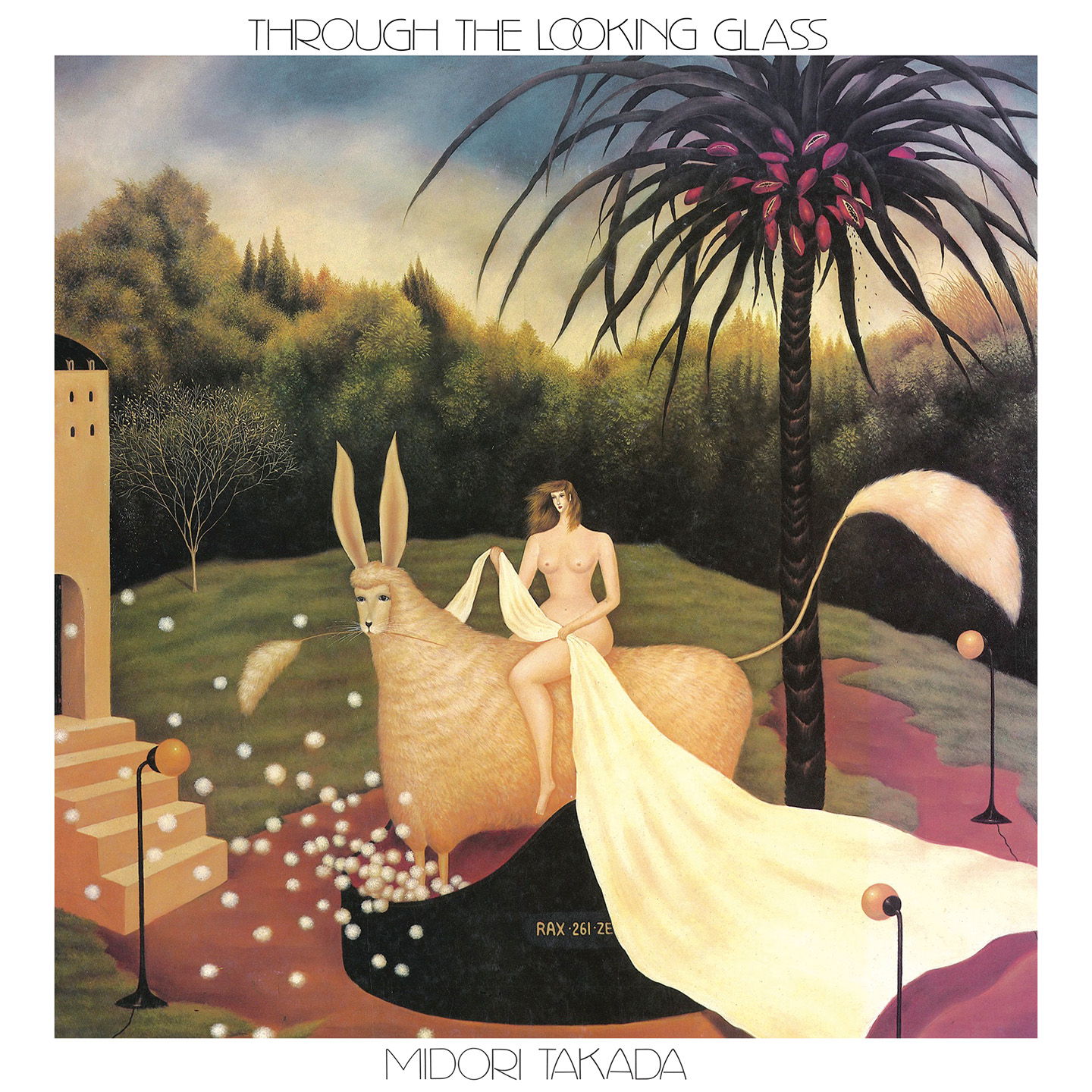
Japanese percussionist/composer Midori Takada’s 1983 album Through The Looking Glass, one of the era’s most sought-after Japanese and ambient records, was reissued for the first time in March. The release was Takada’s first solo LP and one of her landmark creative works, featuring four abstract ambient experiments. It’s a beautiful, peaceful, and deeply calming album.
Function Recompiled I/II [A-Ton]
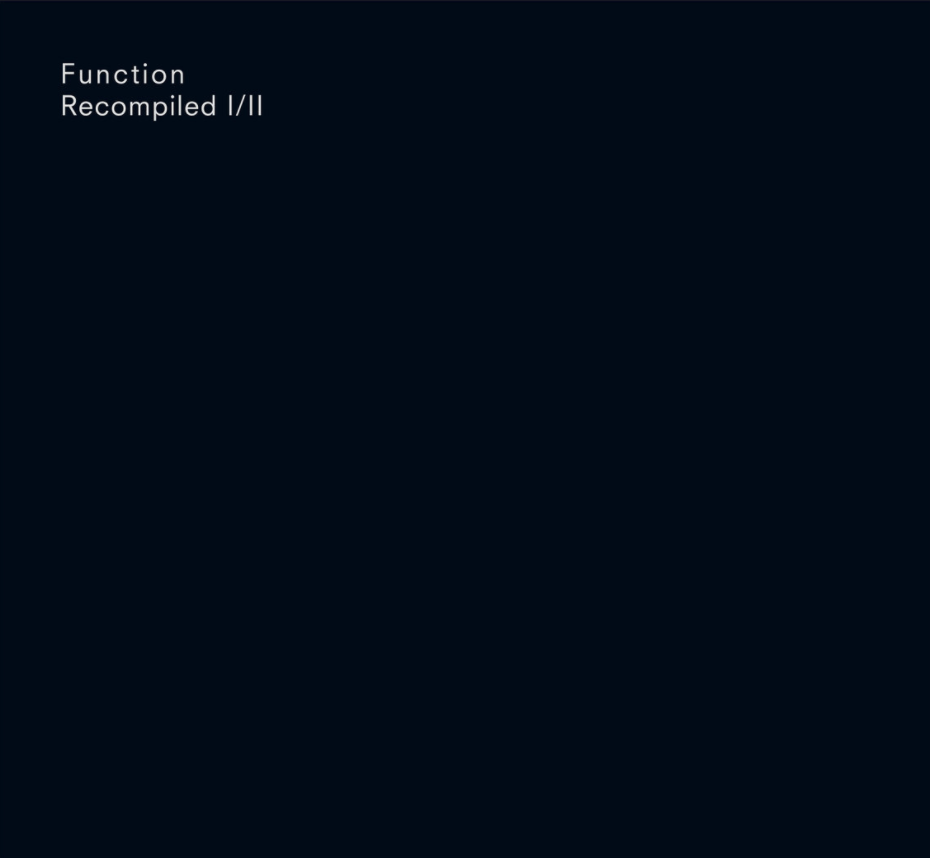
“Sometimes the only way to look forward is to look backwards”—as the liner notes suggest, Function’s Recompiled I/II is the first of two retrospective comps that take a reflective stance on techno through the eyes of one of its key influencers. Few were at it before NY’s Dave Sumner—as well a linchpin of the Berghain and Ostgut family, he’s also a founding member of the legendary Sandwell District project and co-founder of the Infrastructure label. Charting the genre’s trajectory in the US from the late ’80s, over to Berlin and the subsequent movement(s) that happened thereafter, the album features both previously unreleased material as well as key historical releases from the artist. The compilation is a brave attempt at deconstructing a staggering 25-year legacy and is a serious personal inquiry into Sumner’s own progression and artistic liberation.
Youandewan The Brane 001 [The Brane]
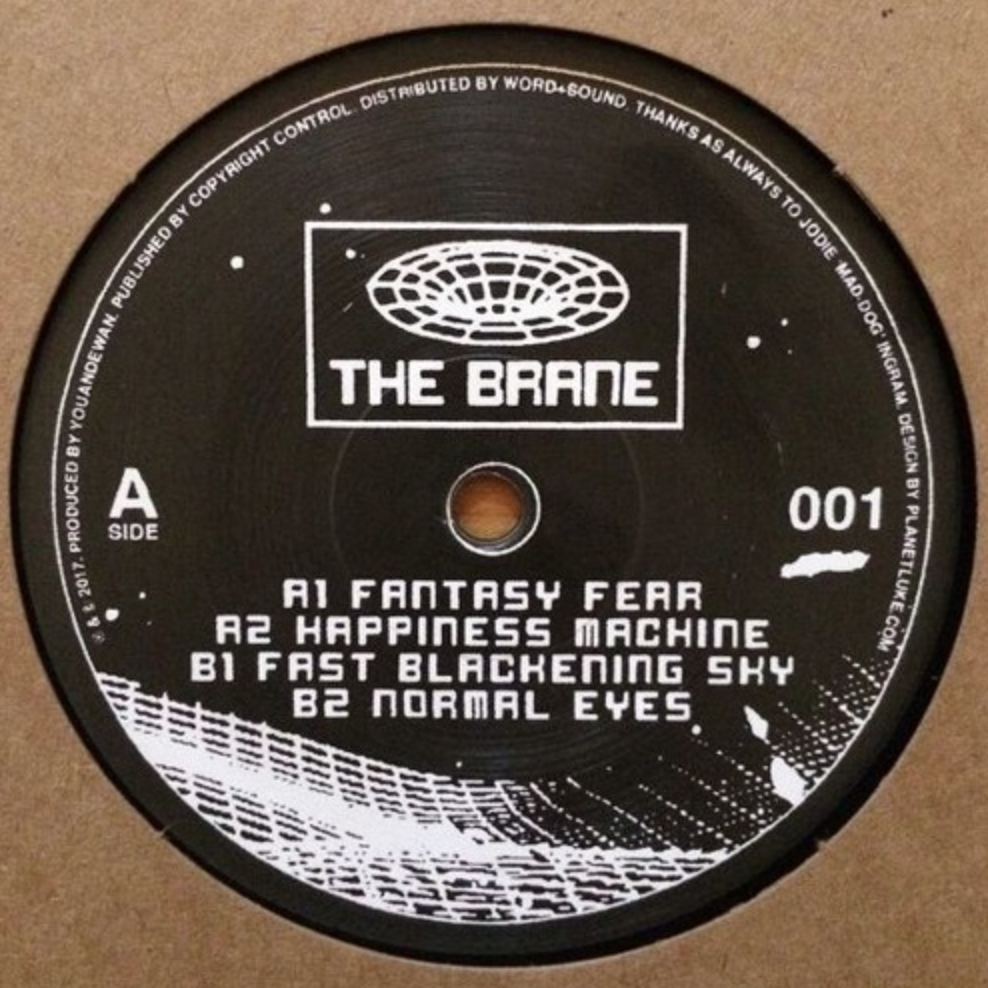
At first glance, Youandewan’s The Brane 001 is just a handful of somewhat unassuming, mechanical club tracks designed with functionality in mind. But if you look more closely, there’s a certain beauty and nostalgia captured here that makes it one of the most inspired dance EPs to come out this year. A fusion of garage, techy heads-down house, and techno, the tracks are perfectly constructed, replete with detail and nuance. The music’s relative simplicity relinquishes technical fireworks for finesse and purity of form and glides between sweaty basement vibes to sun-lit after-hours. As the first release on his own imprint The Brane, it feels like the exciting start of something new for the Berlin-based artist. The Brane 001 is a brief manifesto for invigorating, uplifting club sounds, destined for positive dance floors and sunrise sessions.
Grand River Crescente [Spazio Disponibile]
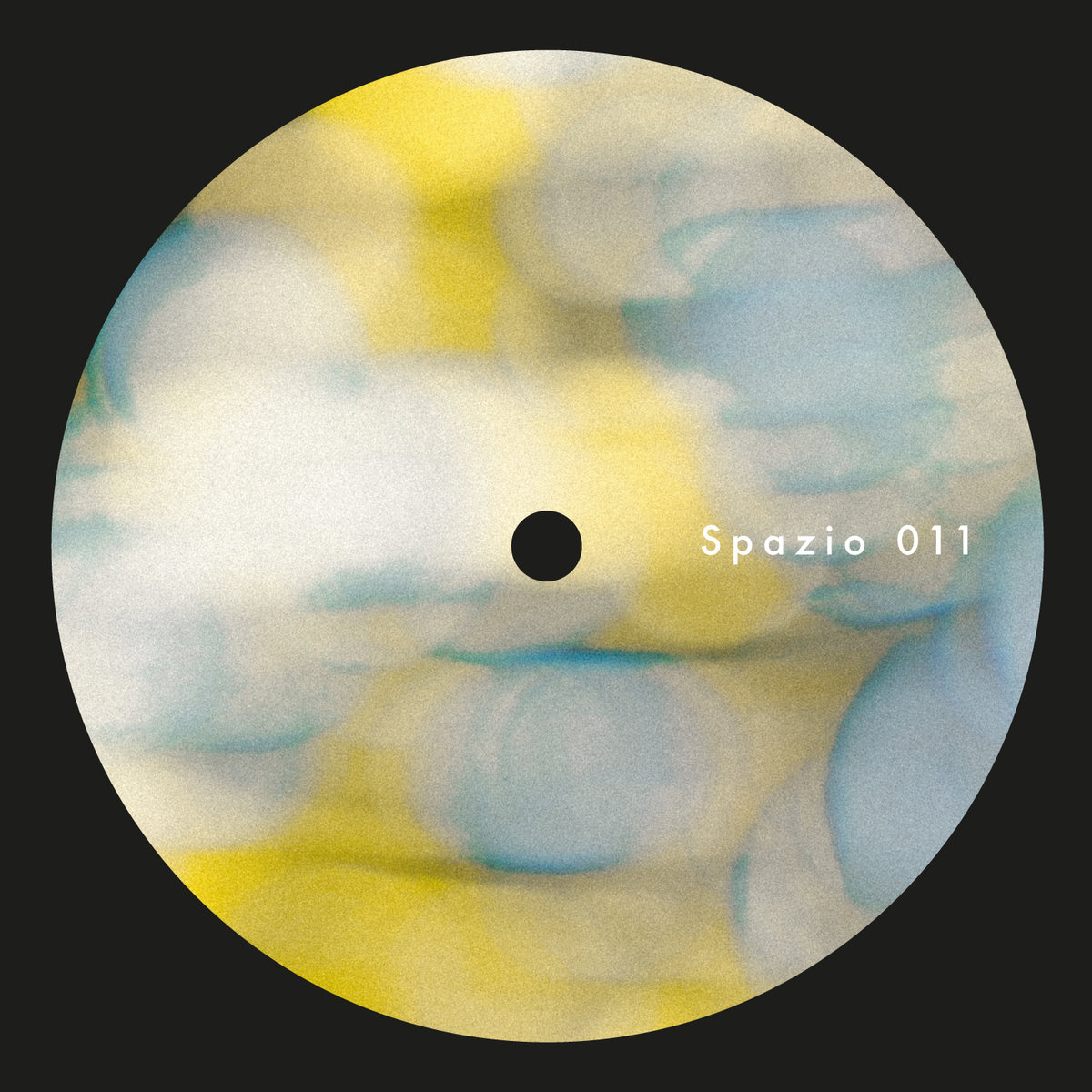
Crescente is the Spazio Disponibile debut from multi-instrumentalist, composer, and producer Aimee Portioli (a.k.a. Grand River). Crescente signals a slight turn for Donato Dozzy and Neel‘s label, which in the past had mostly released more dancefloor-focused outings—although, it’s a noticeable relative to Dozzy and Neel’s hallucinogenic creations. Filled with rippling textures, grainy found sound, frayed rhythms, and poignant melodies, the four tracks on Crescente play out like a score to lost sci-fi epic, one that leaves you utterly enchanted and dumbfounded.
DB1 Zwischenwelt [Hidden Hawaii]
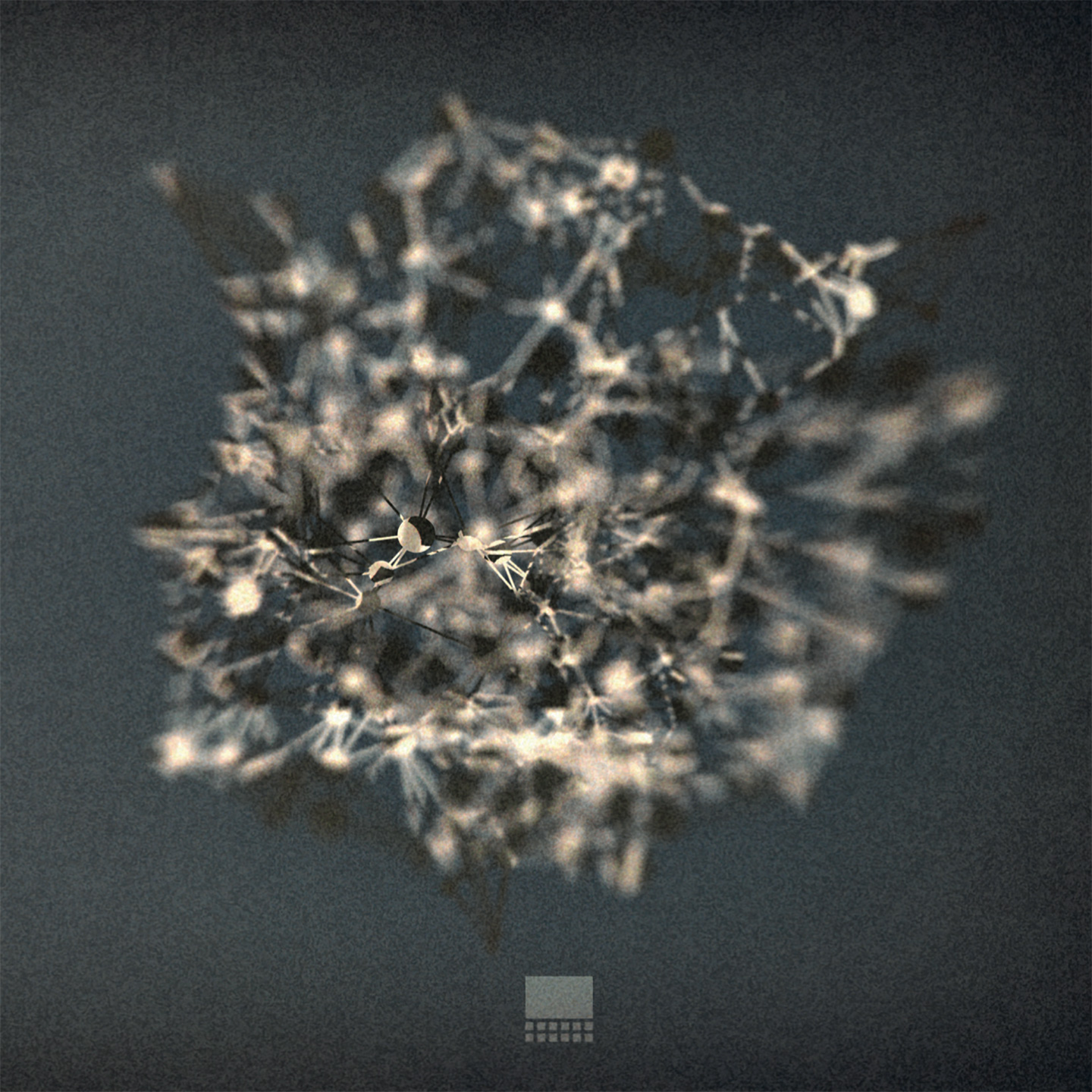
London producer Dylan Brownswood (a.k.a. DB1) dropped just one release in 2017, which, by many standards, is a quiet and stagnant year; however, when your sole release offers a sonic universe as confounding and expansive as Zwischenwelt, there really isn’t much else left to say. Across the 10 tracks on the album, Brownswood manages to craft a singular sound that melds numerous techno and bass sub-genres, whilst also sounding like nothing else out there—fittingly, Zwischenwelt roughlytranslates to “limbo” or “in-between world.” With its ever-evolving modular soundscapes and kaleidoscopic rhythms, Zwischenwelt locks you into a deep hypnosis until the LP’s final bar. Debut albums—well, albums in general—don’t get much better than this.
Brainwaltzera Poly-Ana [Film]

Since first popping up a few years ago, the Brainwaltzera moniker has stirred a myriad of online debate as to who was behind its warped, alien-like sonic excursions. Cryptic track titles and stunning melancholic melodies alluded to Aphex Twin, while the project’s playful grooves and acid lines led the internet hordes to Luke Vibert. Whoever is behind the project delivered one of the year’s most impressive releases in Poly-Ana, a 13-track album of impeccable braindance that sits high up with anything from the genre’s ’90s heyday. Exploring the artist’s love for polyphonic synthesizers and the Pollyanna principle—a theory that suggests individuals recall pleasurable experiences more acutely than displeasing ones—Poly-Ana is an album full of nostalgic beauty, otherworldly ambiance, and some of the most distinctive and emotive synth lines conceived this year.
Thundercat Drunk [Brainfeeder]
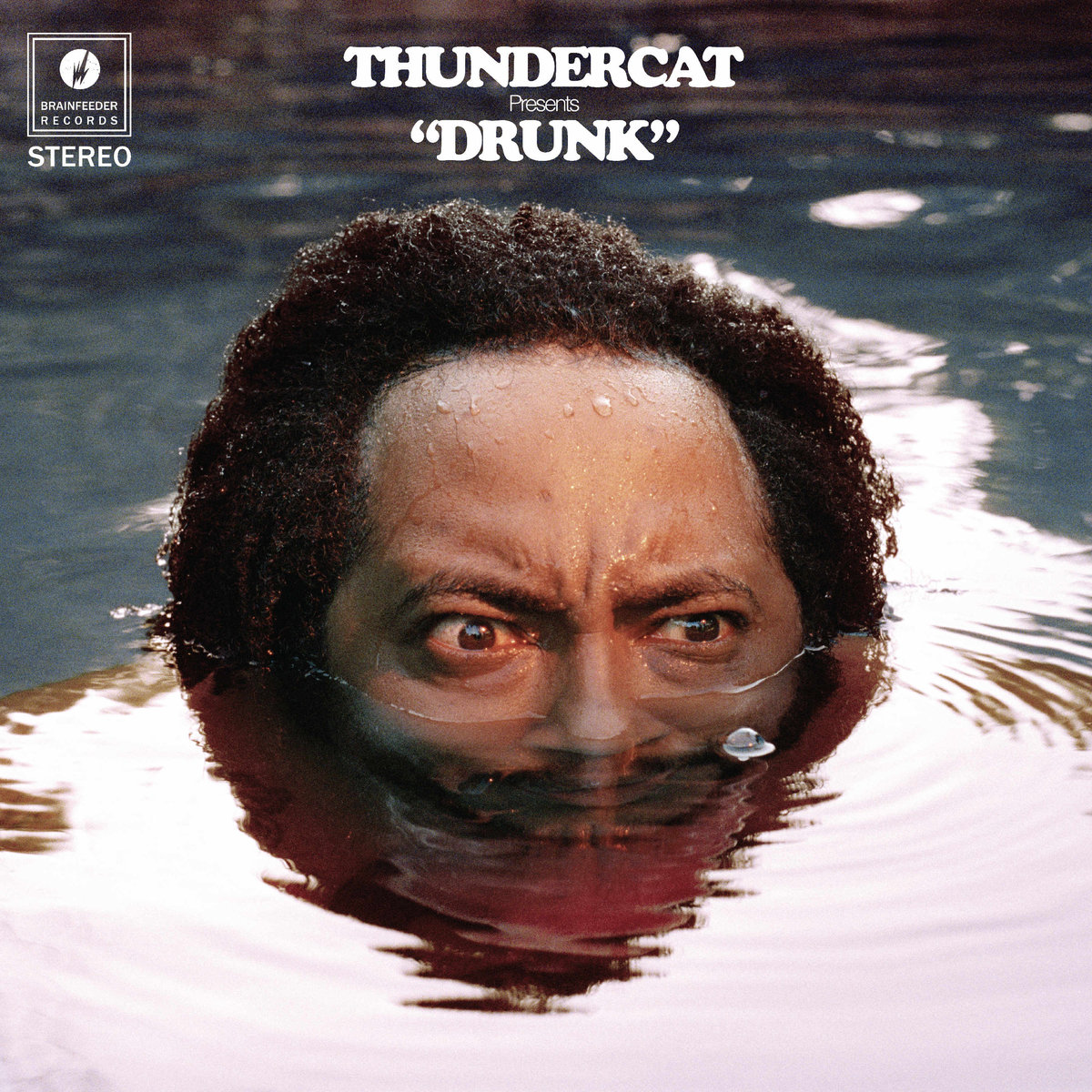
Thundercat‘s third album, Drunk, as the title alludes, is an intoxicating album pulled from the mind of one of modern music’s brightest talents. Across 23 tracks and backed by a raft of collaborators including Kendrick Lamar, Kasamai Washington, and Flying Lotus, the bass virtuoso spins a humorous, honest, and, at times, anxious tale that offers personal reflection and comments on society like a late-night inebriated outpouring. Despite its sprawling nature, woozy concept, and numerous guests, Drunk is a lucid album that gives a sincere look into the world in which Thundercat orbits, all the while not taking itself too seriously in the process.
Powerdance The Lost Art of Getting Down [Powerdance]
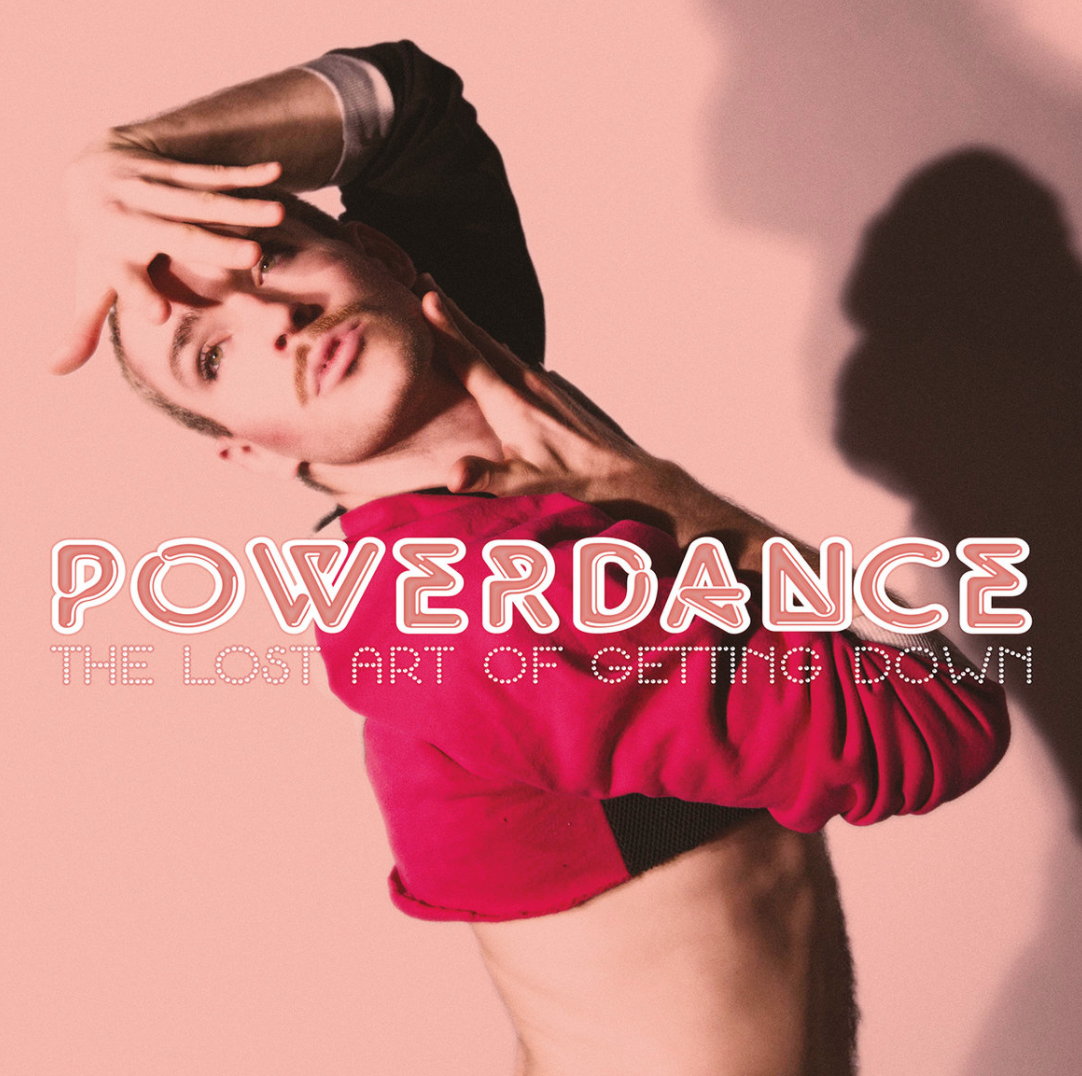
Classic Music Company cofounder Luke Solomon, along with a crew of clubland renegades, is behind one of the best surprises of the year, a house record that reminds you of just how much flamboyant and fun house used to be, and perhaps can be again. A lyric from the album that sums up its ethos: “Let’s love like innocents, let’s sing.” It’s the kind of joyous release that brings back carefree memories of why many of us got into this music, and into this world, in the first place.
Metro Area Metro Area 15th Anniversary Edition [Environ]
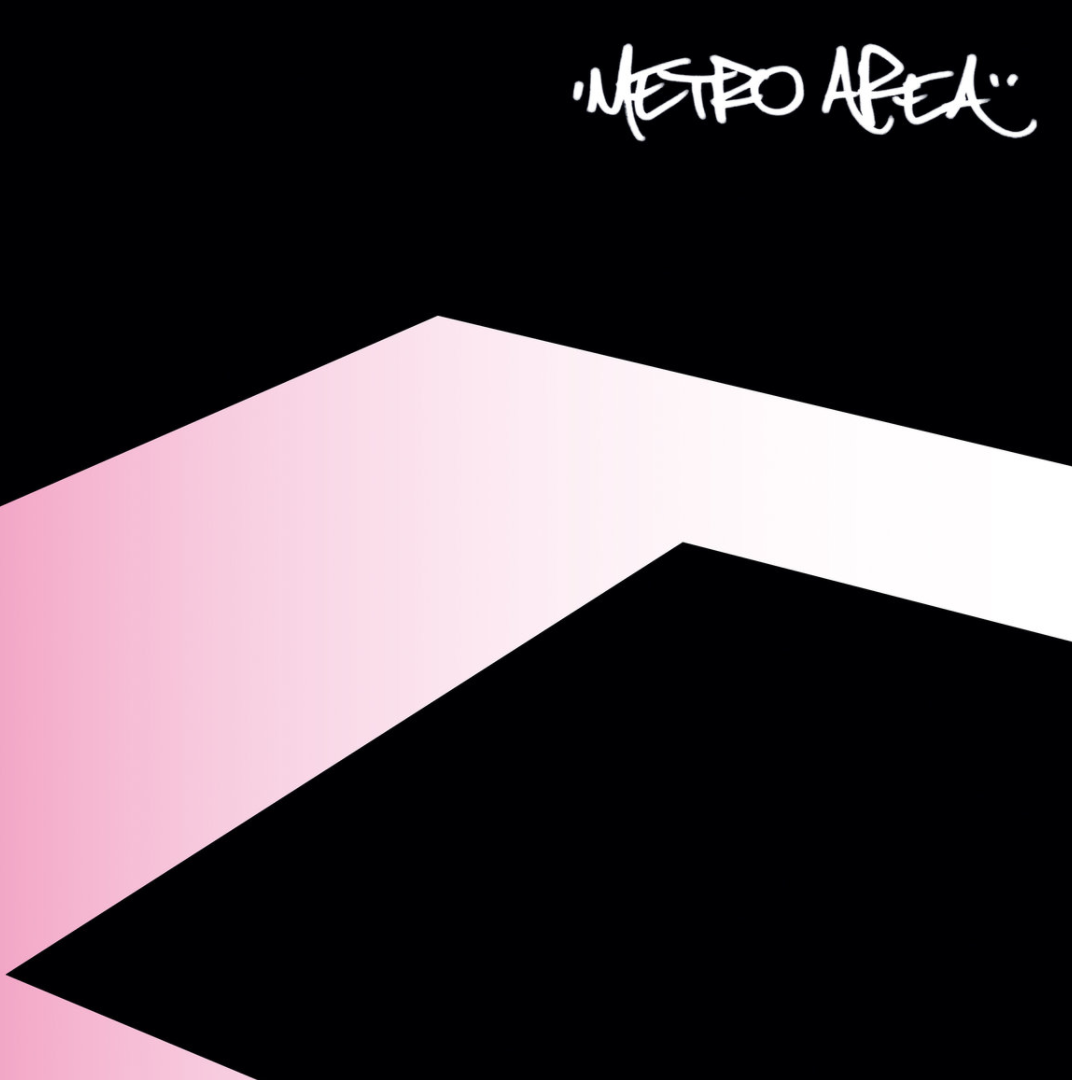
Sure, it arguably sounds a teeny bit dated. Then again, you could say the same about Kraftwerk’s The Man-Machine. (But you wouldn’t.) Much like that touchstone, this remastered re-release of Metro Area’s hugely influential run of spectral electronic-disco tracks, stripped down to their essential elements, is pure crystalline perfection, and remains as relevant now as it was in the early days of this millennium.
SW. The Album [Apollo Records]
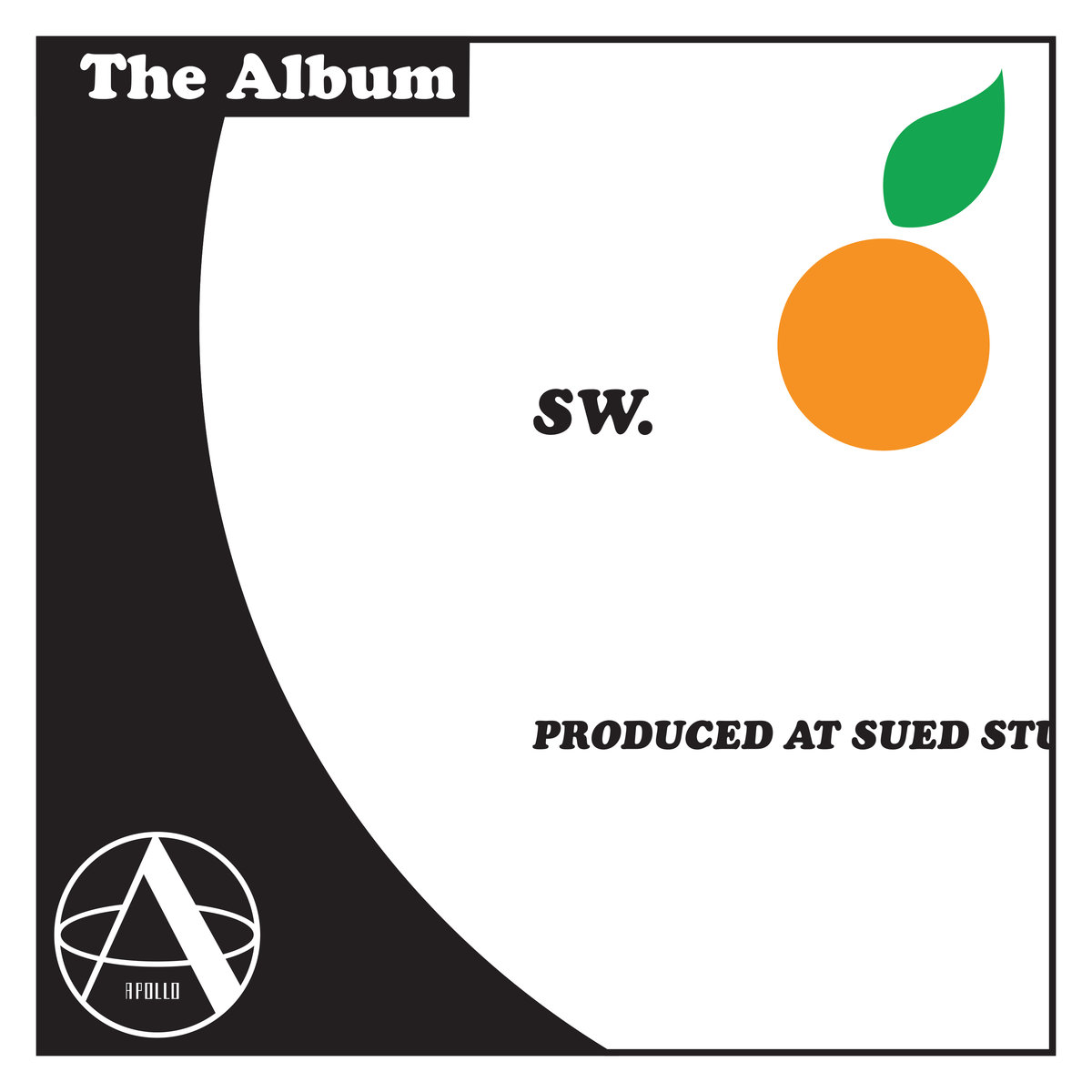
More often than not, it is the elusive, anonymous artist who ends up producing that which is most prestigious. Originally released last year on a limited white label through the SUED label SW. runs with Berlin cohort Sven Rieger, it was R&S‘ more experimental sub-imprint Apollo who took it upon themselves to release the genre-agnostic debut record by Stefan Wust in July. The album is a portrait consisting of all the great characteristics that make up underground music; breakbeats, sub-bass, house, and techno. The composites are held together in wondrous rhythm to form a whole that is as organic and rich as a mixed bag of rare vinyl amassed across several decades. Not much is known about Wust but his music is a formidable force that depicts an artist with a strong formative background, and an acute understanding of what dance music should truly be about.
Gajek ’17 [Monkeytown Records]

The latest work for German sound-artist Gajek, released in November this year has been overlooked by many. Devoid of any sensical rhythms and structure that one might be able to relate to, ’17 is an extremely abstract record, replete with obscure flutes, sound metaphors, and angular textures. Interspersed among these avant-garde variety noises is a cacophony of sublime textures, built from shimmering rays of audio mastery. Conceptually, the album is supposedly a modern interpretation of ’70s pioneering electronic experimentalism. And even though ’17 is the embodiment of experimentalism, it feels as though Gajek is purposefully painting his way through this ambient rumble of waves and digital wonder. ’17 is an example of contemporary IDM at its very best.
Jlin Black Origami [Planet Mu Records]
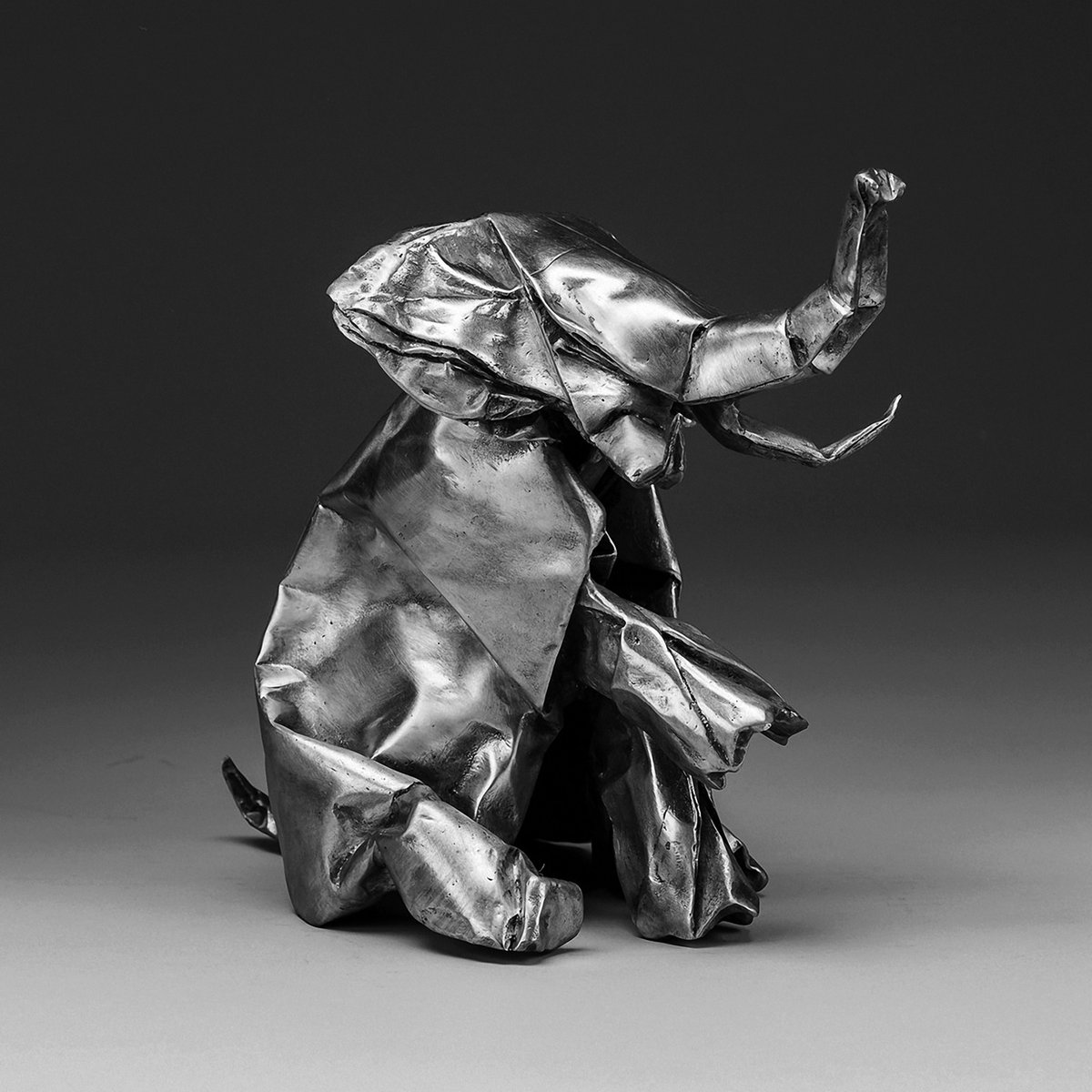
Jlin‘s 2015 debut LP Dark Energy was a pivotal, game-changing record, but the follow-up, Black Origami, released in May this year, took that blueprint yet further, exemplifying the producer’s credibility. Hailing from Gary, Indiana, Jlin’s percussion defies categorization, building on the provisions of what juke stood for, and creating a somewhat new high-octane, experimental hybrid sound. Polyrhythmic, relentless, multi-timbre beats are interspersed with shrills and crashing thuds of bass that are reminiscent of early rave, but yet characteristically belonging to the ever-evolving and character-defining sound emerging from America’s own heartland.
Princess Nokia 1992 Deluxe [Rough Trade]

What comes across so strong on American rapper Princess Nokia‘s debut is the authenticity and feeling connected to the strong day-to-day subject matter covered throughout. An expansion on the 1992 mixtape released last year, 1992 Deluxe sees the self-described “New York Puerto-Rican'” tackling racism and her childhood spent in foster care, while also paying homage to the various assets of her home city. It’s buoyant in a gritty, naive narrative, while showing maturity in its references and delivery. It keeps you coming back for more, showcasing an artist who seems unphased by changing her angle when she sees fit.
Alex & Digby For My Process [Flash As A Rat]
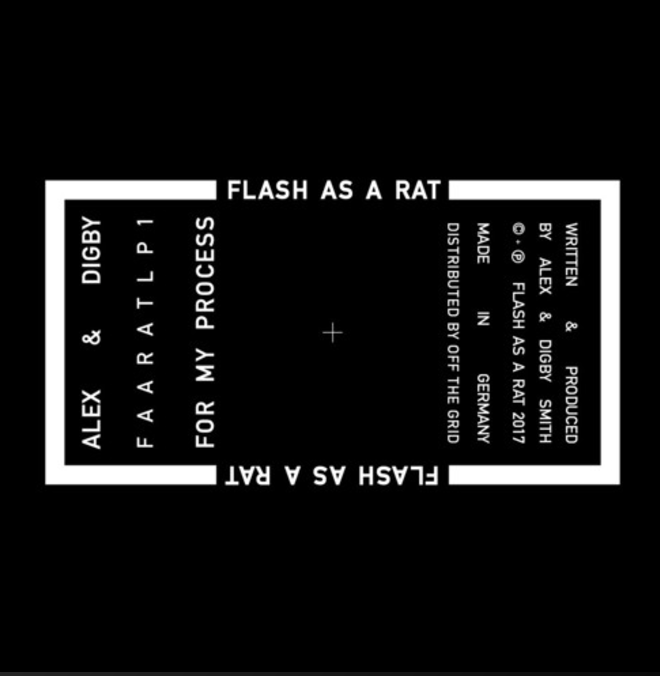
Alex and Digby Smith (a.k.a. Alex & Digby) released For My Process on June 19, the height of the European summer. Released via their own Flash As A Rat label, the album is a diverse collection of 10 extremely well produced and highly detailed tracks that expose the duo as deft practitioners of analog sound. But as brilliant as it was, the LP slipped under the radar; besides the basic information, Soundcloud snippets, and a brief message, nothing else was said about the music or the cryptic title. For this reason, some people are only just discovering it now—and we highly recommend it. The deeply moving story behind it makes the release even more remarkable.
DJ Sports Modern SpeciesFirecracker Recordings
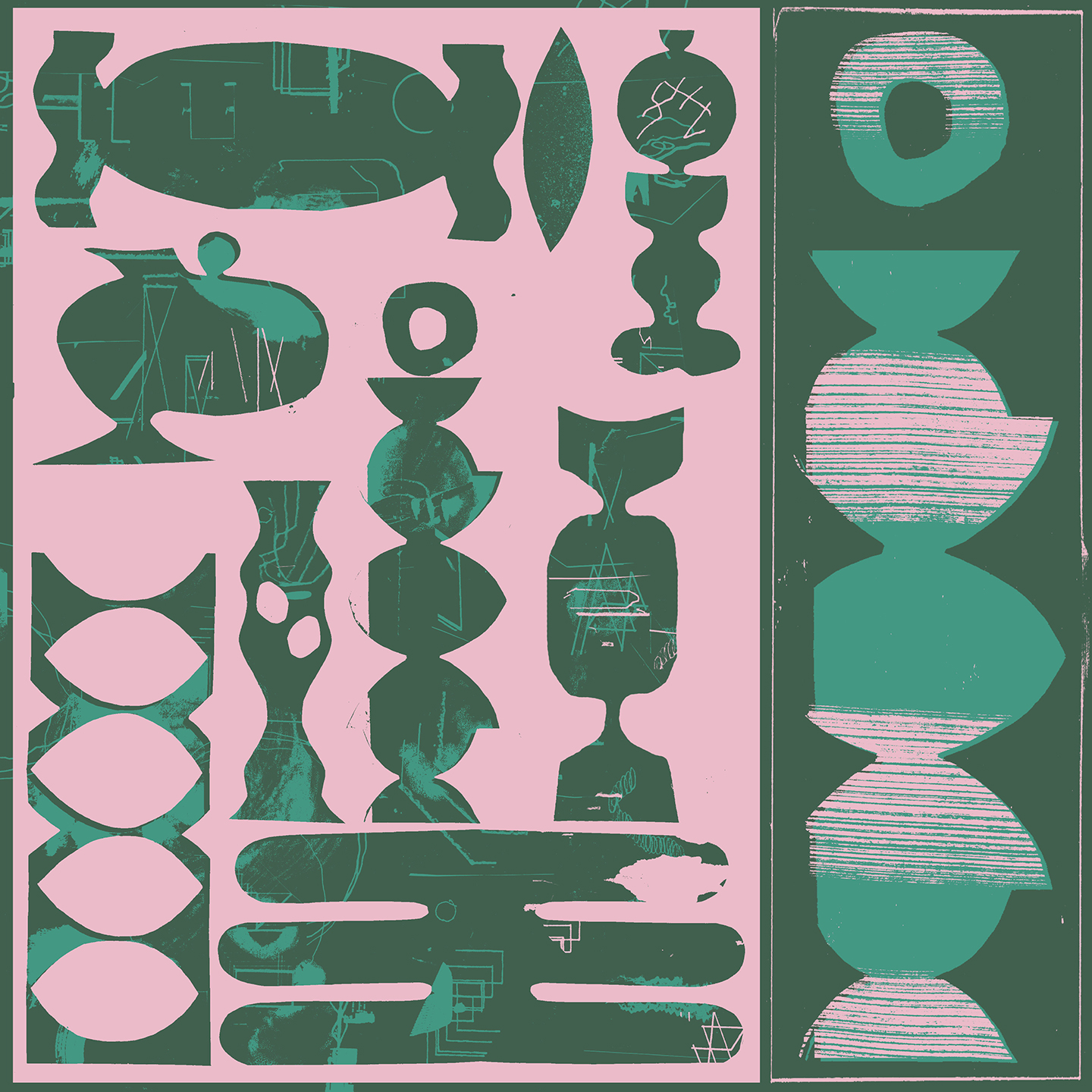
DJ Sports‘ debut solo album landed in June via Edinburgh’s Firecracker Recordings. The eight tracks, which touch on house, breakbeat, garage, jungle, drum & bass, and ambient, are extremely well produced, laced with detailed percussion and soothing melodies. It’s easy to forget music when you work in the music industry; releases come and go, and so naturally, it’s only those with a certain inventiveness or quality that you want to go back to. Modern Species is a great example of this: it was on repeat play for weeks after it landed in the inbox, feeling like new nuances were presenting themselves on each play through.
Gene On Earth Lazybones [Limousine Dream]
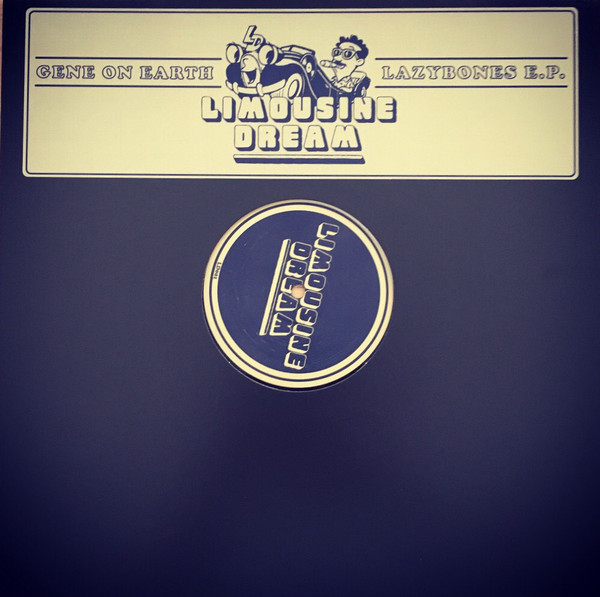
It’s fair to say that Gene On Earth‘s debut EP was a success. The release, featuring four playful minimal cuts from Berliner Gene Arthur, caused quite a stir: released in the twilight of the European summer, the first press sold out almost instantly, with some soon to be found exchanging hands for considerably more than the original asking fee. Several represses followed, yet demand remained high; it felt like everyone in these circles was on the lookout for a copy. It’s hard to pick a standout track because they’re all high quality. Tip: the last repress is out at the beginning of February.
Ricardo Villalobos Empirical House [a :rpia:r]
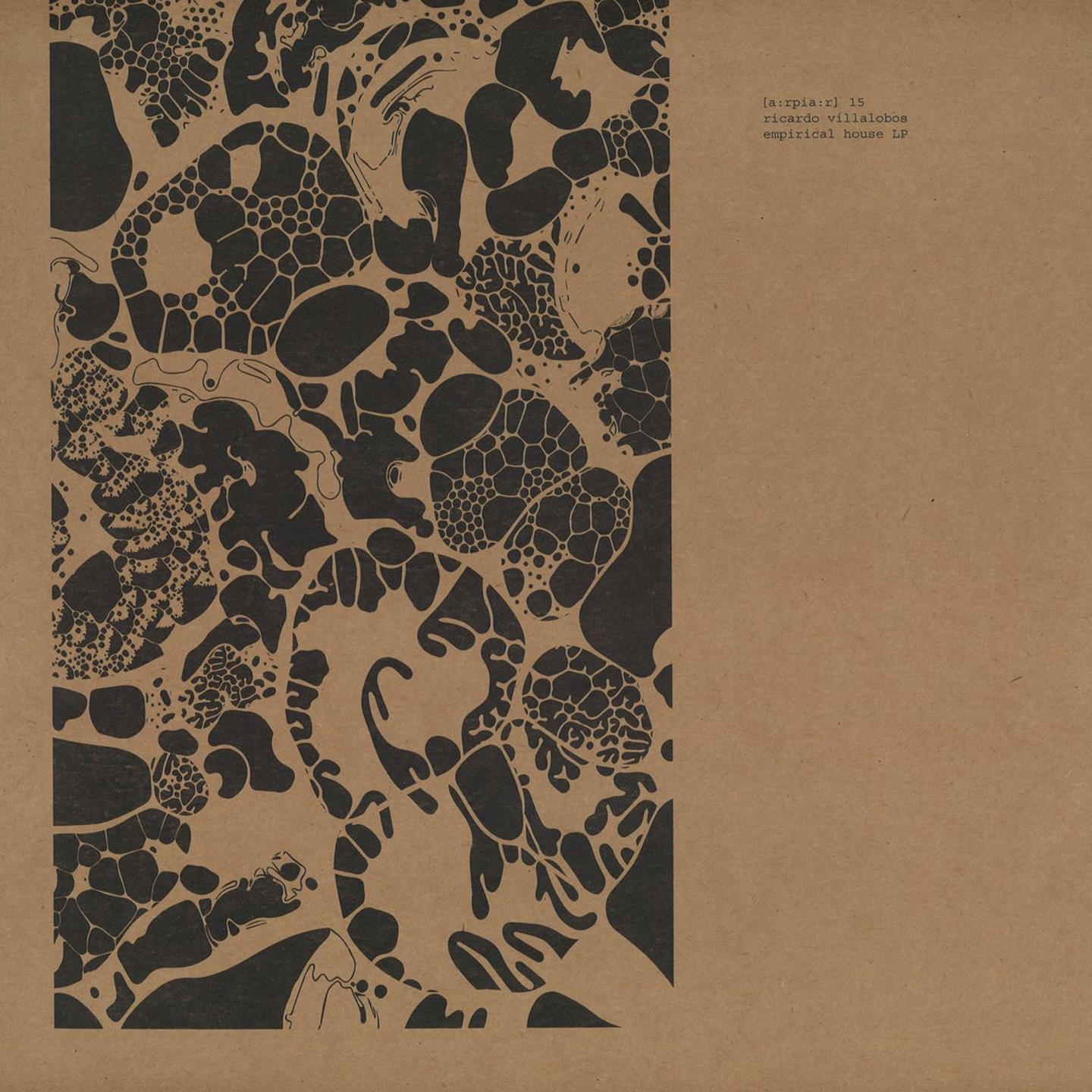
Close followers of Raresh, Rhadoo, Petre Inspirescu, and Ricardo Villalobos will likely have heard much of the Empirical House LP before. Although it only landed in May of this year, it’s been a regular in their sets—and those within their orbit—for some time. With this in mind, you can almost decipher the makeup of the release: loopy and hypnotic of the breed Ricardo’s been mastering for years. It’s another tremendous piece of work from the famed Chilean. But what else would you expect?
Yair Elazar Glotman Compound [Subtext Recordings]
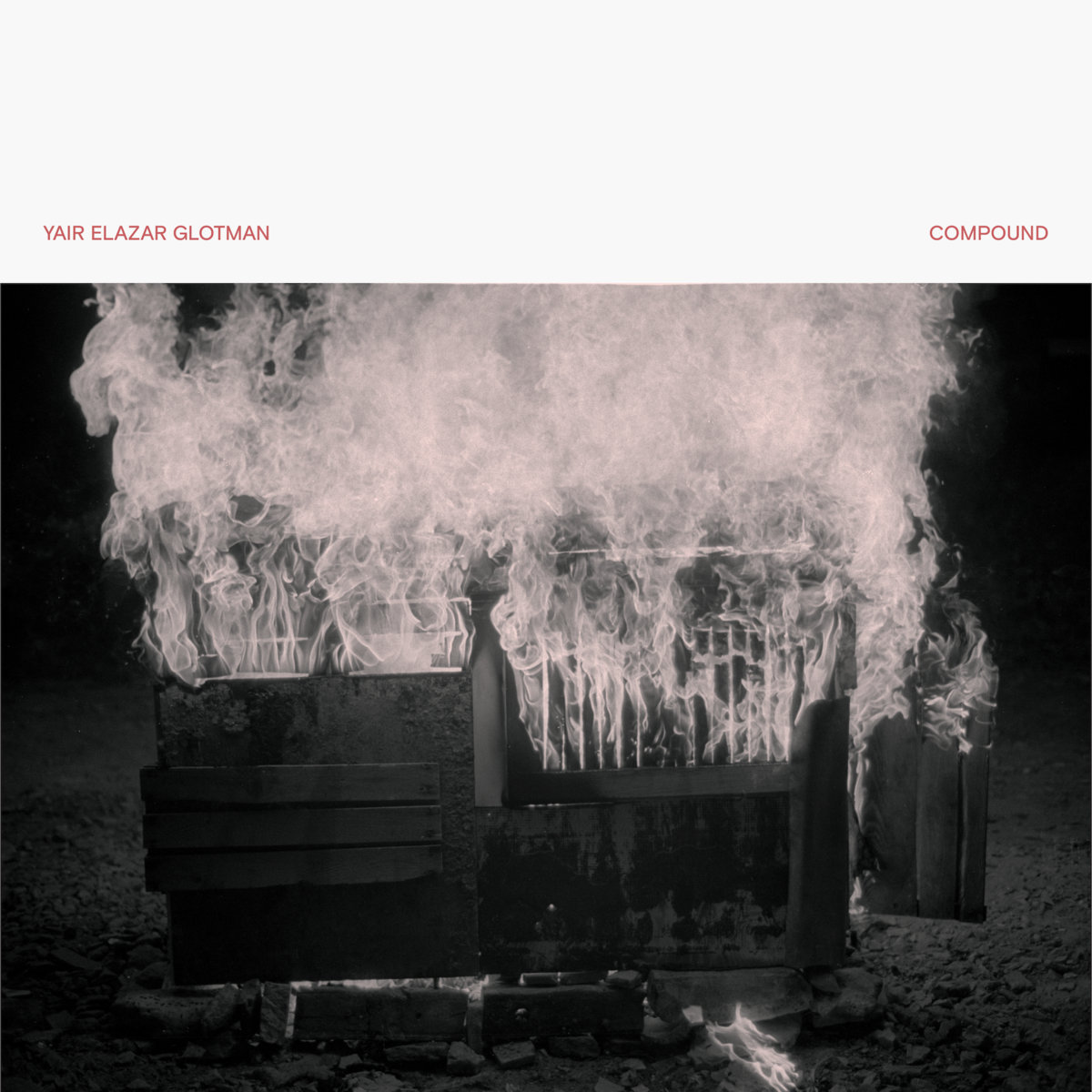
Compound, Yair Elazar Glotman‘s latest piece of work under his given name—he also releases under the monikers Blessed Initiative and KETEV—is a stunning, evocative album made up of two long-form pieces. Glotman worked with pianist Rieko Okuda and percussionist Marcello Silvio Busato to record the sounds heard on the record, before layering and reformulating them into the two majestic 21-minute tracks. Music of this nature defies classification and demands your attention; with every listen, new microscopic details present themselves, confounding the listener with endless mutation and movement. Glotman’s sound design work is impeccable and his creative use of familiar instruments—the scrape of a string or the clunk of a piano key—gives the album an alien-like feel. At once beautiful, haunting, and menacing, Compound has completely floored us with every listen.
Varg Nordic Flora Series: Gore-Tex City [Northern Electronics]
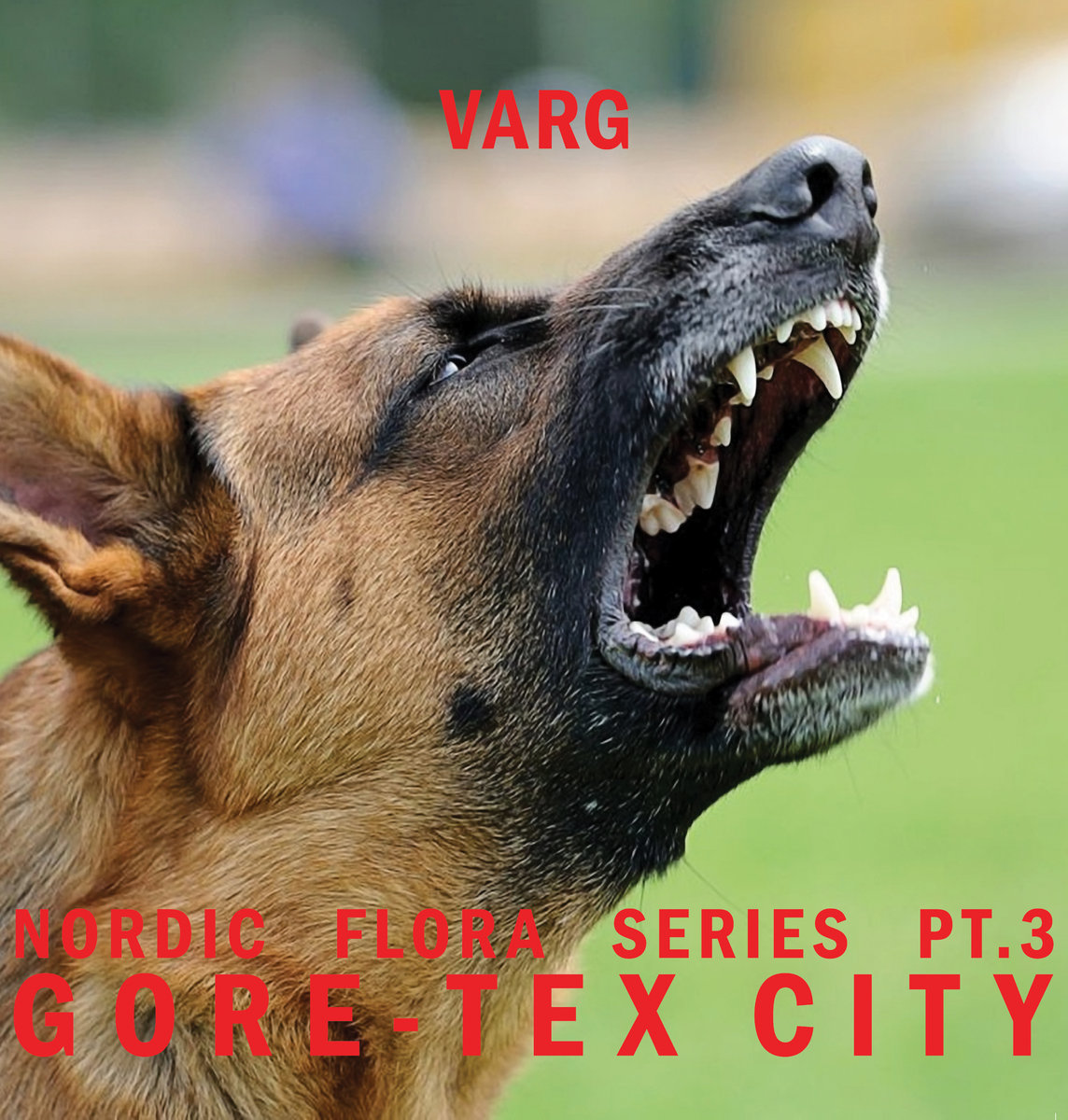
In modern techno, especially over the last few years, few have matched the consistency and quality of output to that of Jonas Rönnberg (a.k.a. Varg). This year, his crowning jewel was Gore-Tex City, the third piece in his Nordic Flora series. Across 13 tracks, Rönnberg presents a gothic tale that blends textured ambient, dub-infused spoken word, and rhythmically dense techno, while throwing in unexpected curveballs like the warped pop collaboration with Swedish rapper Yung Lean. Gore-Tex City is one of the year’s best techno albums; an engrossing, personal record from one of the genre’s most inspired artists.
Burnt Friedman & Mohammad Reza Mortazavi YEK [Nonplace]

On YEK, Burnt Friedman teams up with tombak master Mohammad Reza Mortazavi for an astonishing masterclass in rhythm and sound design. The four cuts on the 12″ present cyclical grooves that constantly evolve, sounding at once familiar and completely foreign. All four pieces were played on a variety of drums which were then mixed with otherworldly electronics, resulting in a release that confronts traditional notions of rhythm while hypnotizing the listener with its beauty. YEK finds two masters at the top of their game stretching the sonic boundaries and providing a transcendental listening experience rarely found.
Ishmael Ensemble Songs For Knotty [Banoffee Pies Records]

Bristol six-piece band Ishmael Ensemble landed on Banoffee Pies Records in February with a stunning four-track EP titled Songs For Knotty. Inspired by friendships and loss, the EP takes the listener through musical landscapes full of sophisticated instrumentation and achingly beautiful vocals that stir introspection and wonderment. To close out the year and make the release all the more special, a deluxe version has just dropped, featuring three live versions of tracks recorded in June by Balamii Radio & Champagne Funk for their ‘Body of Work’ video series. The three tracks—one a pensive epic featuring Holly Wellington and live takes of “Kito’s Theme” and “Song For Knotty”—perfectly encapsulate the band’s bewildering musicianship.
Mount Kimbie Love What Survives [Warp]
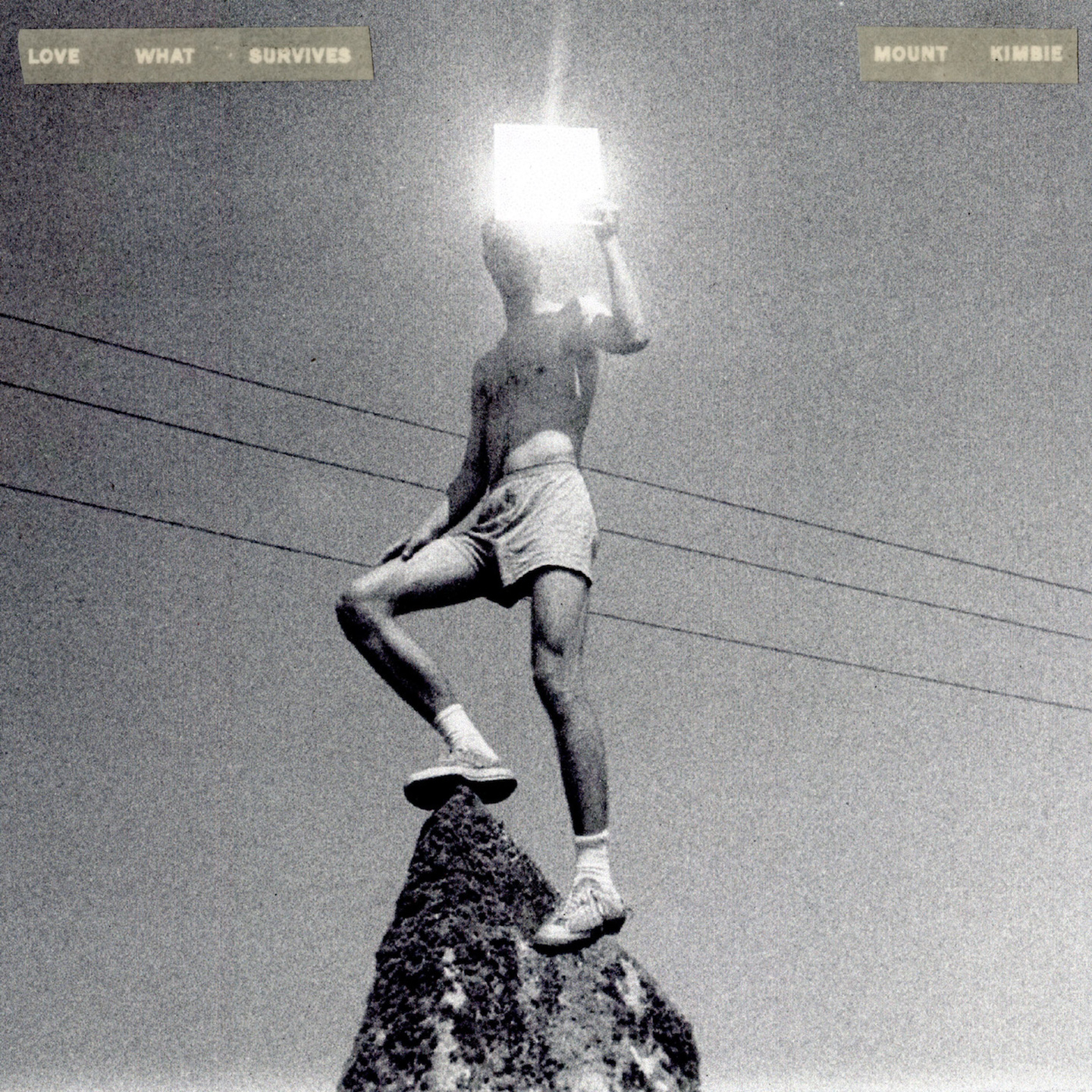
When Mount Kimbie‘s Love What Survives dropped in September it was immediately obvious the duo had reinvented themselves. Given Kai Campos and Dominic Maker had mutated their sound with every release, from the production-heavy post-dubstep beginnings to the live instrumentation of 2013’s Cold Spring Fault Less Youth, but with Love What Survives they delivered a collection of tracks that confidently strode from post-punk-influenced instrumentals to minimal piano ballads and warped new-age pop. As Ben Murphy concluded in his review, with Love What Survives the duo have “made a bewitching kind of music that’s uniquely their own,” and in the process dropped one of their most accomplished pieces of work to date.
Talaboman The Night Land [R&S Records]
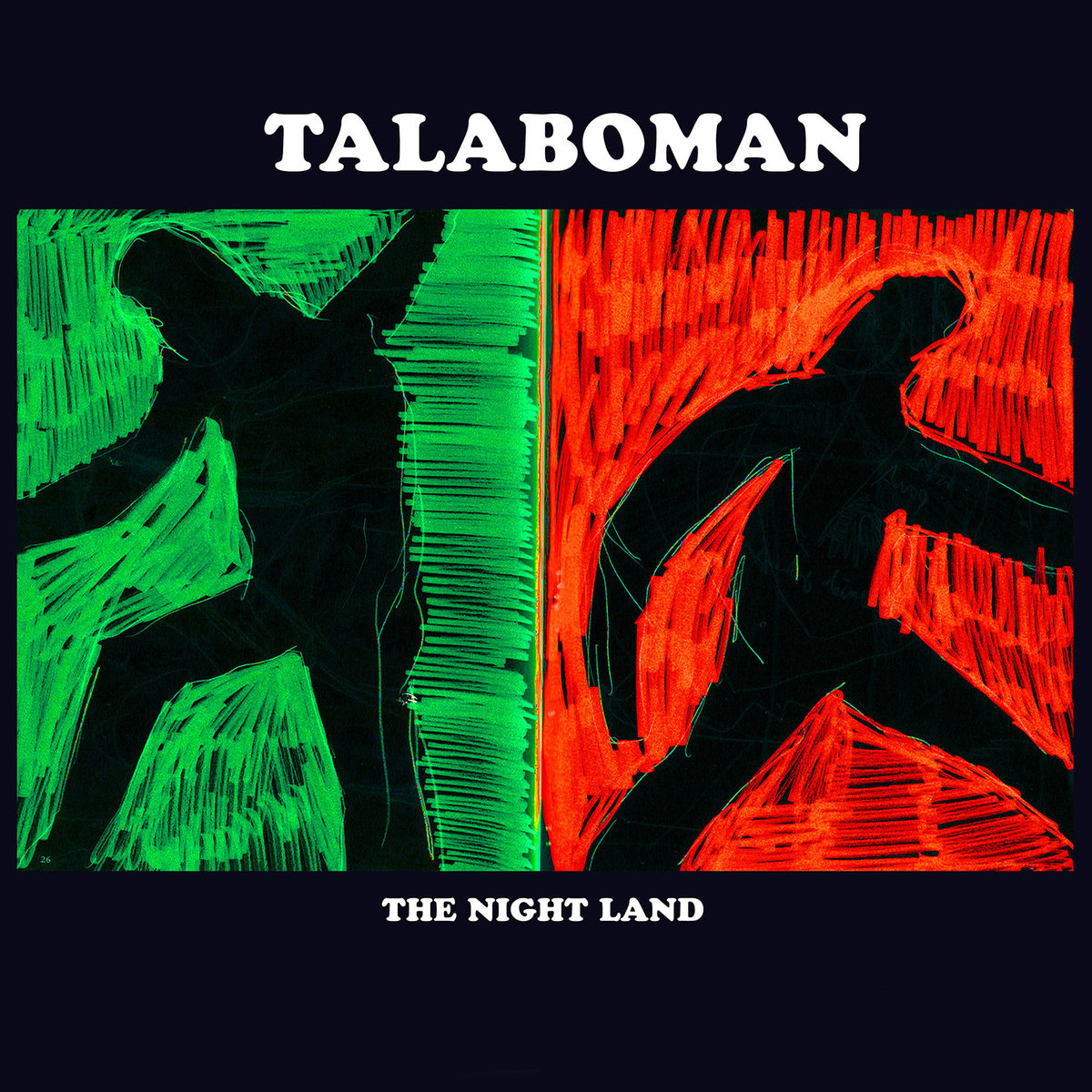
This collaboration between two dance heavyweights—John Talabot and Axel Boman—was a late addition to the list. It’s a quality LP that features atmospheric soundscapes, beautiful percussion, eerie synth lines, and some emotive melodies. Although it perhaps wasn’t as instantly memorable as some of the other releases on the list, there are some spectacular moments that keep enticing you back for more.
Four Tet New Energy [Text Records]
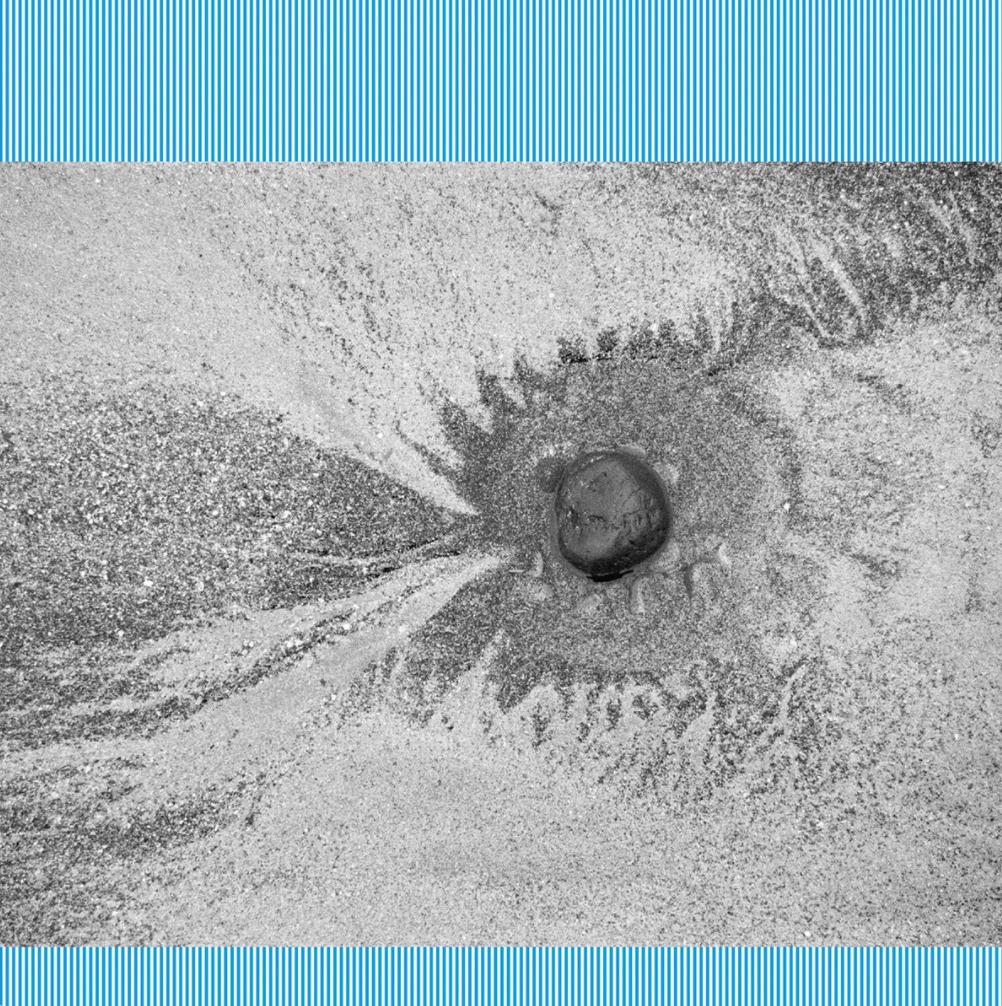
More of the new, same but different energy. Kieran Hebden’s return to the traditional audio format after 2015’s Morning / Evening delivered a new approach to sound, with a more refined craft towards organic instrumentation, alongside his trademark warm percussive structures on an album that is seductive, sophisticated, and very much Four Tet. On this record, the club-oriented, dancefloor tracks that can be found on the likes of Beautiful Rewind and There is Love in You are gone. What’s left is a mature, ambient take that feels more reflective—and honest.
_______
Words from Ben Murphy, Dan Cole, Anton Lang, Bruce Tantum, Vince Morris, and XLR8R Staff.

